Arts & Entertainment
Four Larks creates beautiful monster in world-class ‘Frankenstein’
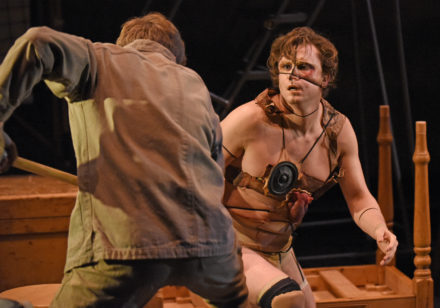
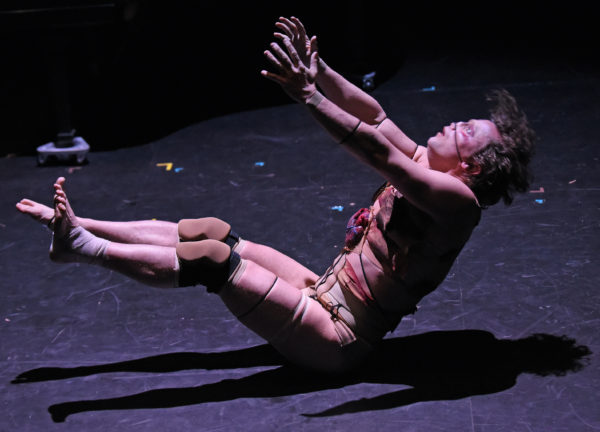
From the moment the lights come up on the Four Larks production of “Frankenstein” to reveal a genteel 19th-century sea captain, singing a period chamber song while accompanied by live acoustic musicians in front of a stark white backdrop, it’s clear you are in for something unexpected.
One might argue that the LA-based performance troupe has already made a name for itself on the basis of delivering the unexpected, through its immersive, experiential productions that exist “at the intersection of theatre, music, visual art and dance” (as their online self-description puts it), and that anyone seeing their work should therefore expect, well, the unexpected.
Even so, thanks to the cultural saturation that has made the story of Frankenstein and his misbegotten creation familiar to almost every member of modern American civilization over the age of three, an audience member walking into the Lovelace Studio Theatre at the Wallis Annenberg Center for the Performing Arts, where Four Larks has mounted their latest effort for a now-extended run through March 7, will unavoidably be carrying their own well-encoded assumptions about the tale – and they likely won’t bear more than a passing resemblance to the 1818 novel with which Mary Shelley introduced it to the world.
Consequently, many members of the crowd probably won’t know, or won’t remember, that Shelley’s horror classic begins and ends in the frozen Arctic wasteland, with a naval officer on a mission to reach the North Pole (a situation rendered perfectly and instantaneously by the arresting opening tableau), or that the title character relates his sad history as a cautionary tale against the dangers of man’s insatiable desire to bend the universe to his own will.
Four Larks, however, has not forgotten. In this ingenious cabinet-of-curiosities-style production, troupe founders Mat Sweeney and Sebastian Peters-Lazaro, along with librettist Jesse Rasmussen, strip away the generations’ worth of cultural baggage that has been piled atop Shelley’s original, allowing it to serve as both their inspiration and their road map for a densely-packed unwinding of the narrative that takes us from its pre-Victorian setting up to the precipice of our own modern future within the space of 70 minutes.
Utilizing a breathtakingly talented ensemble of twelve performers (who rarely leave the stage), the multi-media performance reclaims the author’s voice in her name by making her a central presence onstage; it is Mary Shelley herself who speaks the words as her literary stand-in enacts the story of his own act of creation, serving as a constant reminder that this quintessential tale of terror came from the imagination of a woman – a fact that has particular resonance in a world in which the patriarchal urge to dominate and control has led us to the brink of self-destruction.
Underscoring the contemporary import of that radical motif – as well as the prescience of Shelley’s not-very-subtle warning about the dangers of unchecked technological advancement – is a near-hypnotic progression of sights, sounds, and ideas that incorporates speaking, singing, movement, sound, lights, projections, and environmental effects to connect the dots between Frankenstein’s transgressive creation – or rather, the reckless hubris it represents – and a modern world living in the ominous shadow of nuclear destruction, artificial intelligence, and climate change.
Along the way, the literal aspects of the story sometimes get lost within the conceptual flourishes – especially for those unfamiliar with the original text – but in this envisioning, which Four Larks actor Lukas Papenfusscline, calls a “collaboration” with Shelley herself, that is part of the point. Though the production has clung tightly to the novel in terms of remaining faithful to its plot, it revels in translating its ideas into a stylized, contemporary vision that clearly communicates them to an audience and allowing them to hit us in a more direct and visceral way.
Still, many of the show’s highlights are masterful renditions of segments from the book. The creature’s birth, brought to life through the acrobatic contortions of actor Max Baumgarten, is a master class of physical performance that evokes the loneliness, pain and transgression of the experience while dazzling us with an unforgettable display of sheer grace and prowess. Similarly, the lengthy episode depicting the creature’s secret spying on the life of a human family through the windows of their cabin in the woods is executed with a crystalline simplicity that both conveys its essence and illuminates its profound observations about humanity. Finally, in an electrified (and electrifying) climactic flourish, the story’s last act of creation is terrifyingly rendered in a jaw-dropping combination of performance, stagecraft and technology that unites past and present in a spectral vision conveying the all-encompassing dread of a future mankind has created in its own image.
It may all sound a bit overwhelming, and that is exactly what was intended, not just by Four Larks but by Mary Shelley herself; but although there is no effort to soften the “shock and awe,” it is countered by the precision with which this intricately choreographed theatrical exercise is executed.
As Papenfusscline put it in an interview with the Blade ahead of the show’s opening, “It’s like a Swiss watch with a million little parts, some of it is the music, design, some of it is the acting, and we’re creating this intricate work of art that as a performer is endlessly rewarding. I’ve just had a blast.”
Judging by the sleeper success this world-class production has enjoyed in its world-premiere run at the Wallis, audiences are having a blast, too.

Rob Reiner, most known for directing untouchable classics like “The Princess Bride,” “Misery,” “When Harry Met Sally…,” and “Stand by Me,” died Dec. 14 alongside his wife, Michele Singer Reiner, in their Los Angeles residence. While investigations are actively underway, sources have told PEOPLE Magazine that the pair’s son, Nick Reiner, killed his parents and has been taken into custody.
Reiner was a master of every genre, from the romantic comedy to the psychological thriller to the coming-of-age buddy movie. But in addition to his renowned work that made him a household name, Reiner is also remembered as a true advocate for the LGBTQ community. In 2009, Reiner and his wife co-founded the American Foundation for Equal Rights, helping fight against California’s Prop 8 same-sex marriage ban. They were honored at the 2015 Human Rights Campaign Las Vegas Gala.
In a statement, HRC President Kelley Robinson said: “The entire HRC family is devastated by the loss of Rob and Michele Reiner. Rob is nothing short of a legend — his television shows and films are a part of our American history and will continue to bring joy to millions of people across the world. Yet for all his accomplishments in Hollywood, Rob and Michele will most be remembered for their gigantic hearts, and their fierce support for the causes they believed in — including LGBTQ+ equality. So many in our movement remember how Rob and Michele organized their peers, brought strategists and lawyers together, and helped power landmark Supreme Court decisions that made marriage equality the law of the land — and they remained committed to the cause until their final days. The world is a darker place this morning without Rob and Michele — may they rest in power.”
Reiner’s frequent collaborators have also spoken out as the industry is in mourning, including figures like Ron Howard and John Cusack.
A joint statement from Jamie Lee Curtis and Christopher Guest (who starred in Reiner’s “This is Spinal Tap”) reads: “Christopher and I are numb and sad and shocked about the violent, tragic deaths of our dear friends Rob and Michele Singer Reiner and our ONLY focus and care right now is for their children and immediate families and we will offer all support possible to help them. There will be plenty of time later to discuss the creative lives we shared and the great political and social impact they both had on the entertainment industry, early childhood development, the fight for gay marriage, and their global care for a world in crisis. We have lost great friends. Please give us time to grieve.”
While attending the 2019 HRC Los Angeles Dinner, Reiner spoke out about the need for equality: “We have to move past singling out transgender, LGBTQ, black, white, Jewish, Muslim, Latino. We have to get way past that and start accepting the idea that we’re all human beings. We’re all human beings, we all share the same planet, and we should all have the same rights, period. It’s no more complicated than that.”
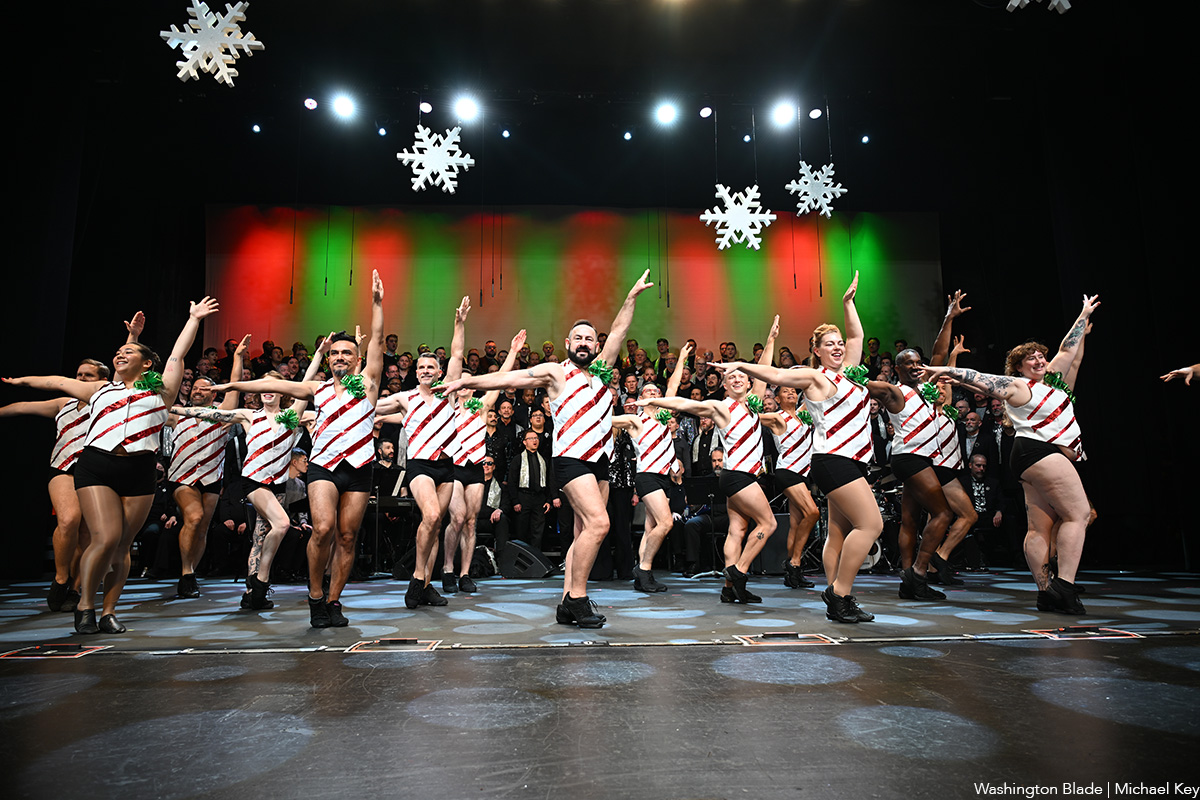
The Gay Men’s Chorus of Washington perform “The Holiday Show” at Lincoln Theatre (1215 U St., N.W.). Visit gmcw.org for tickets and showtimes.
(Washington Blade photos by Michael Key)
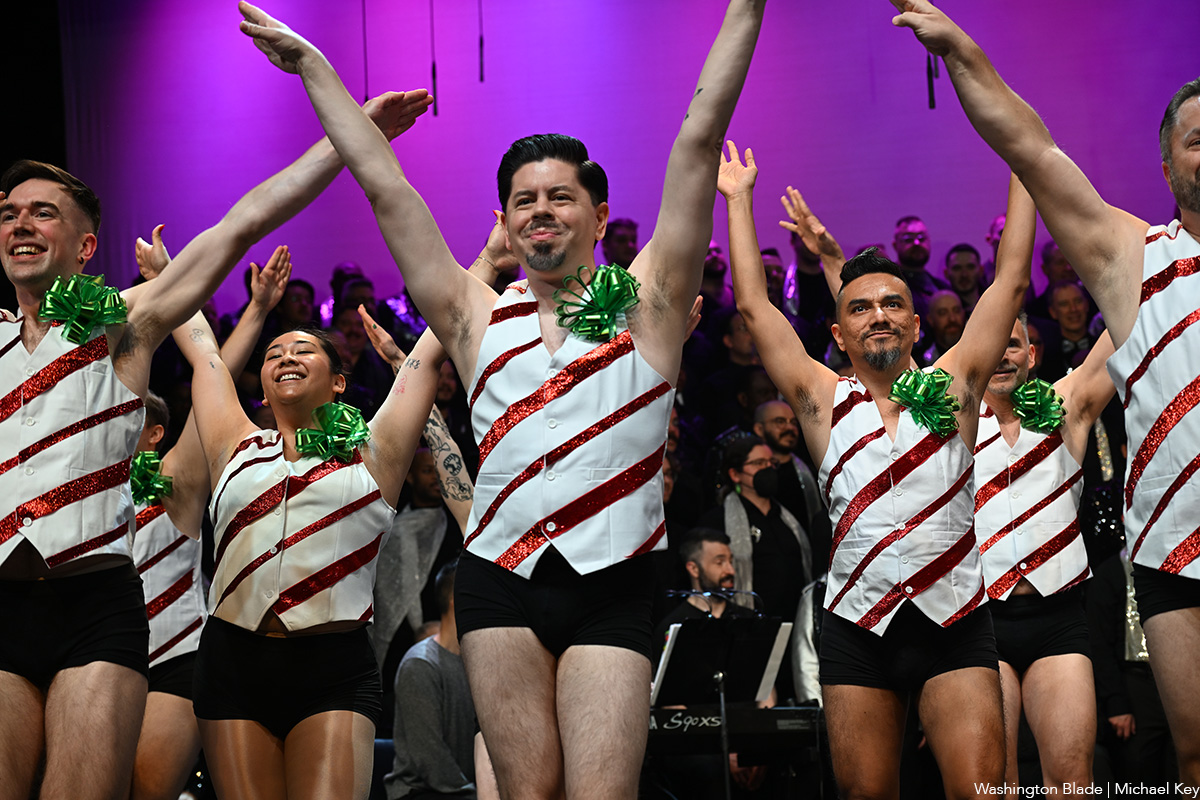


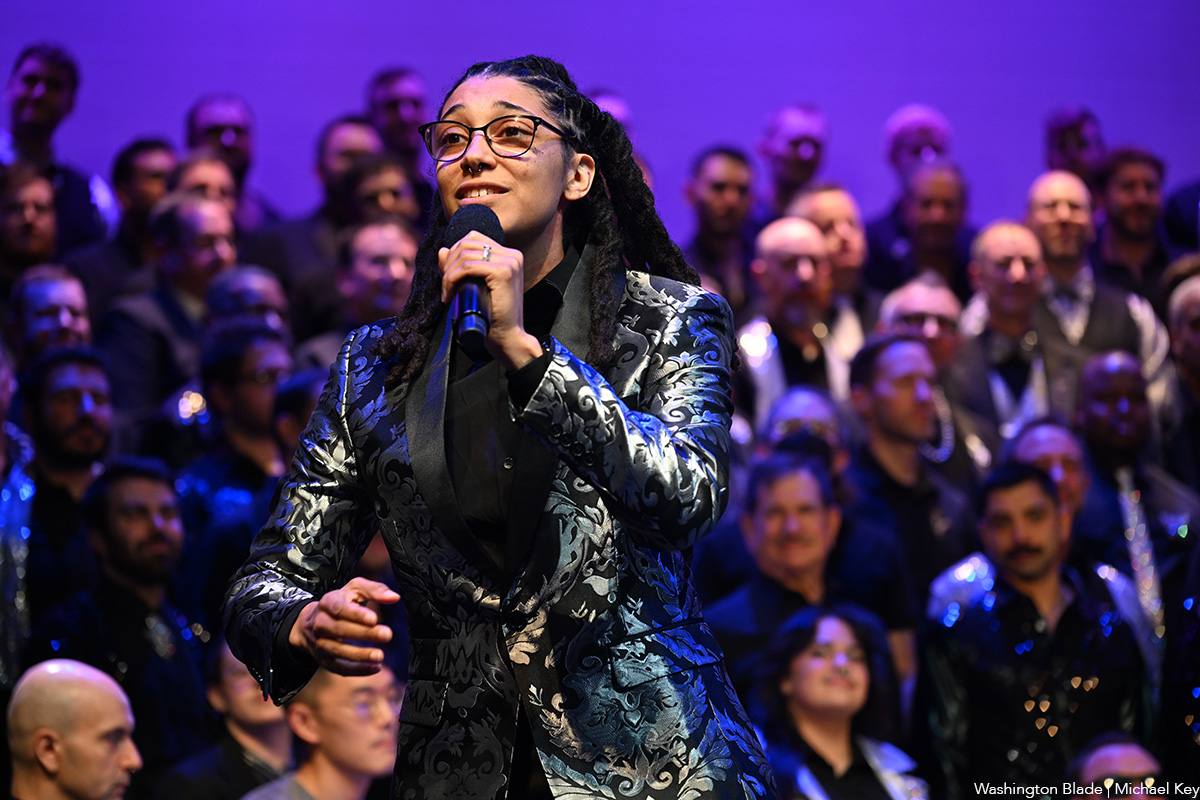
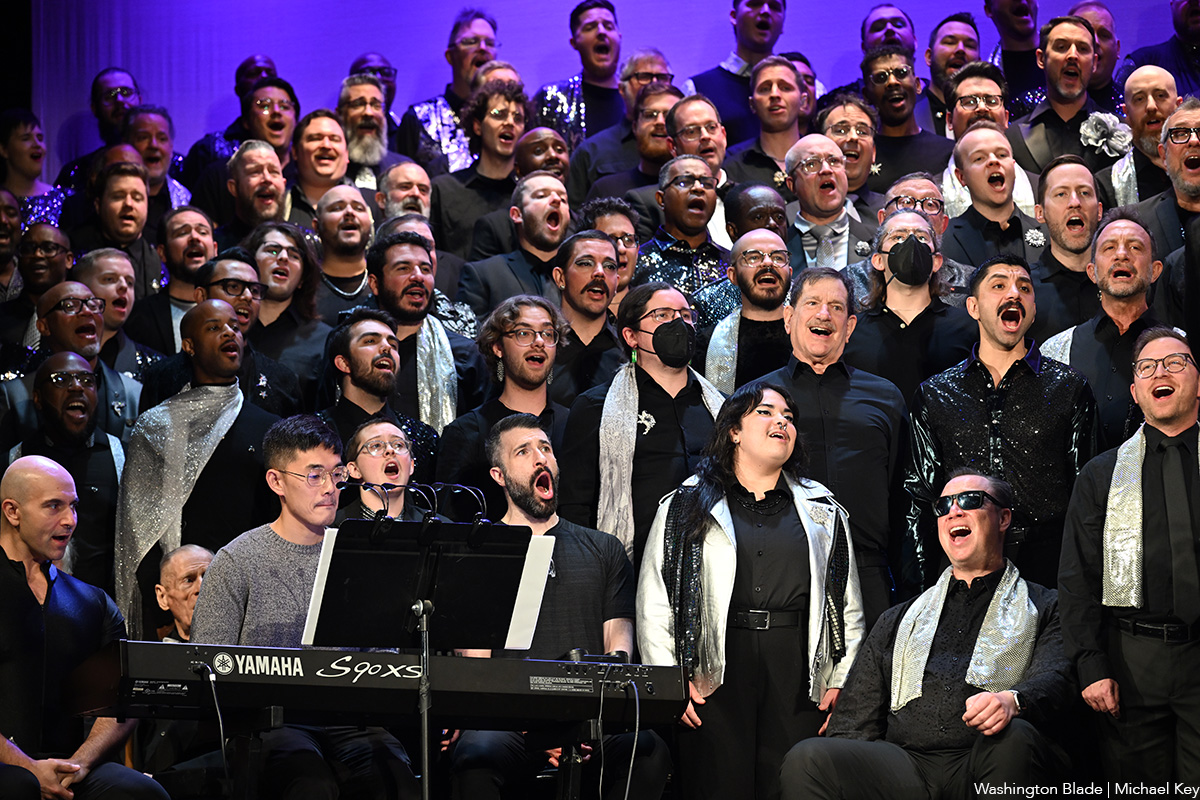
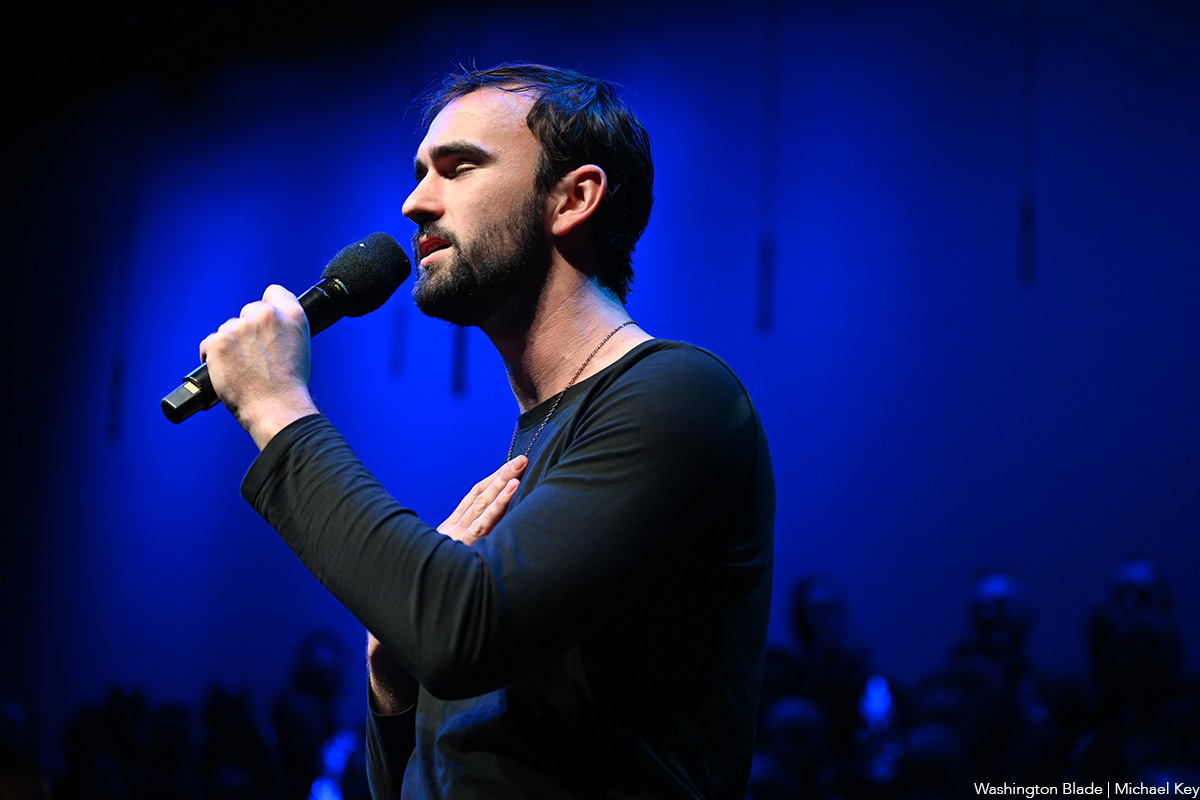
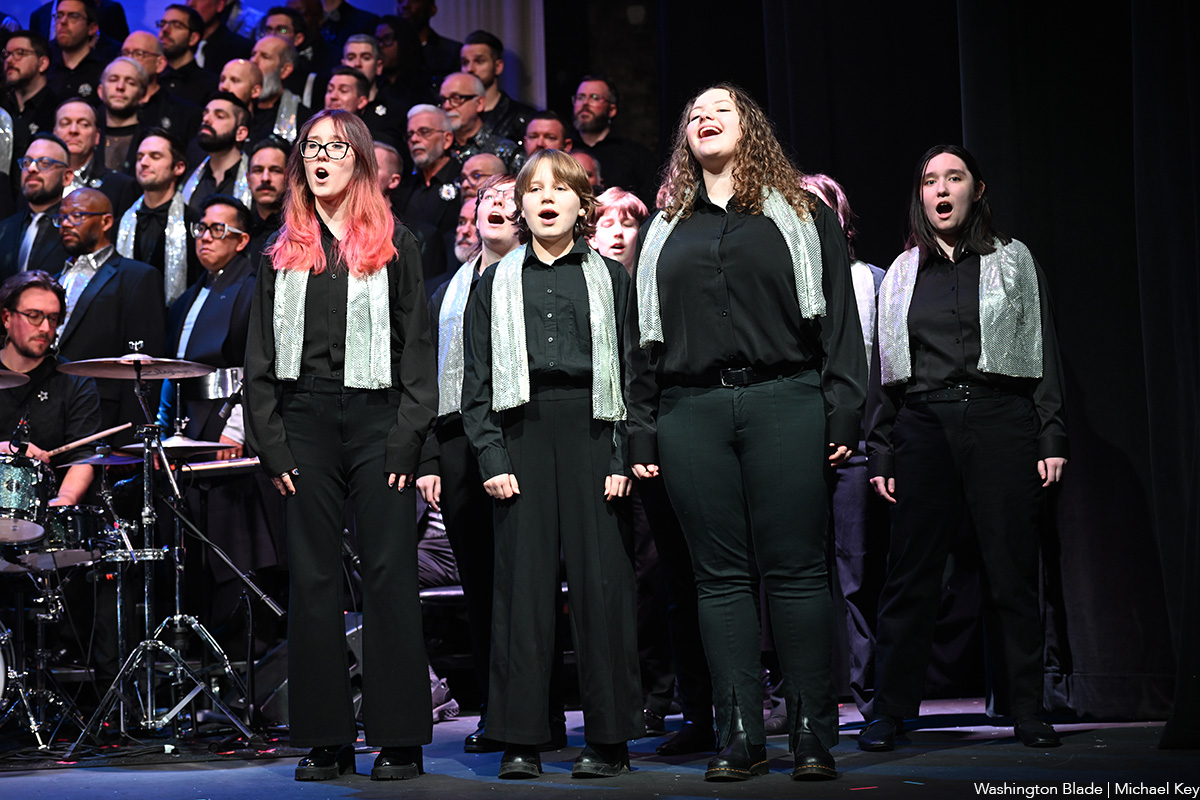

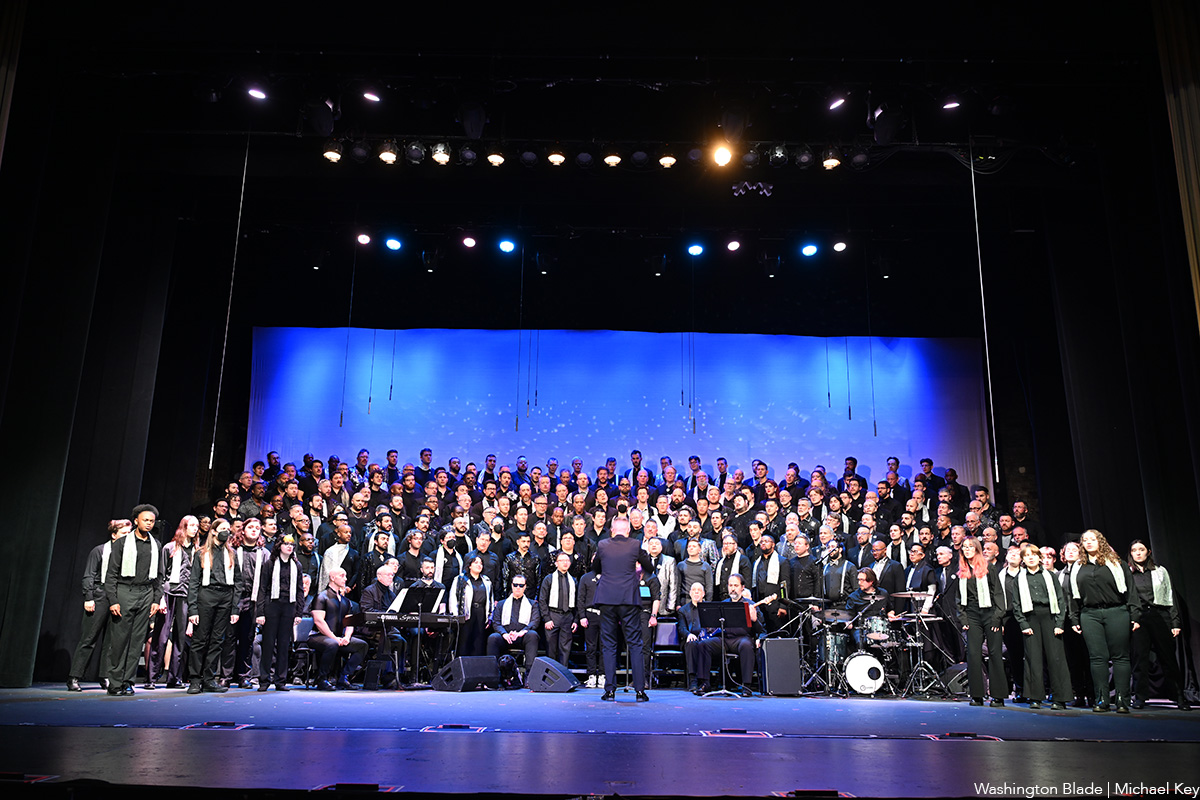
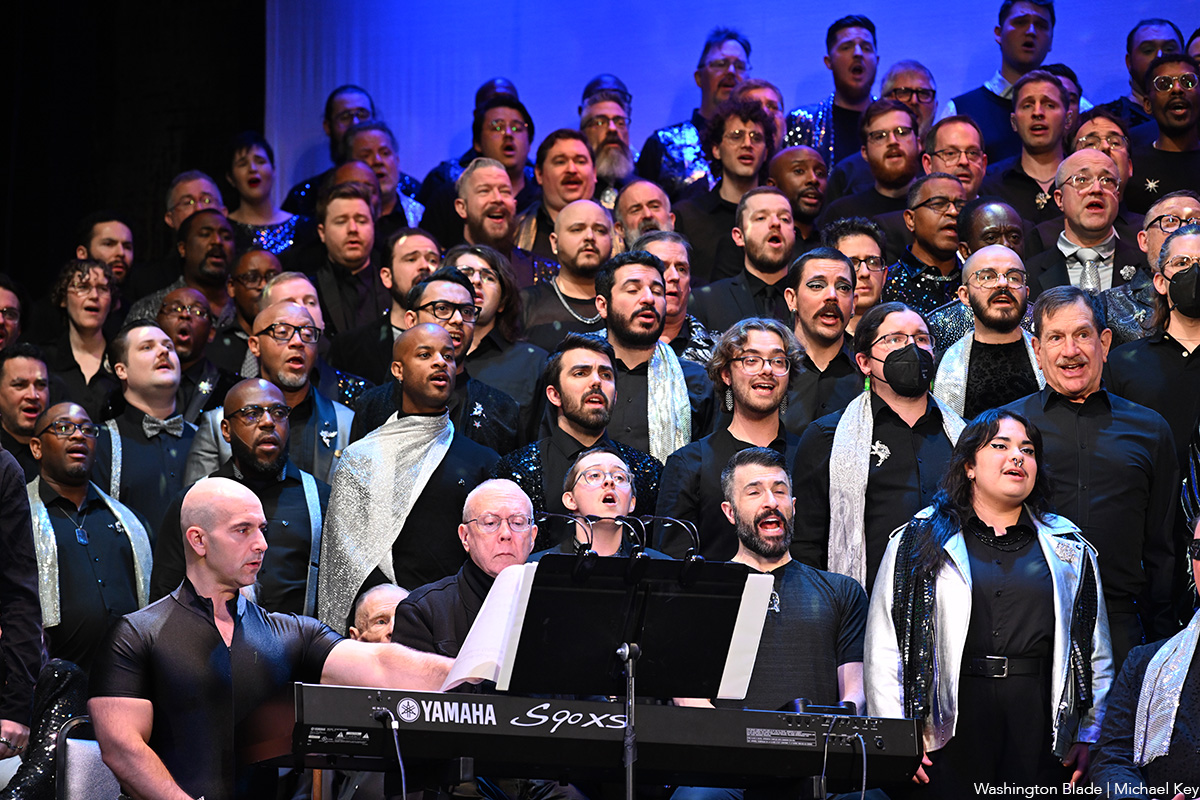

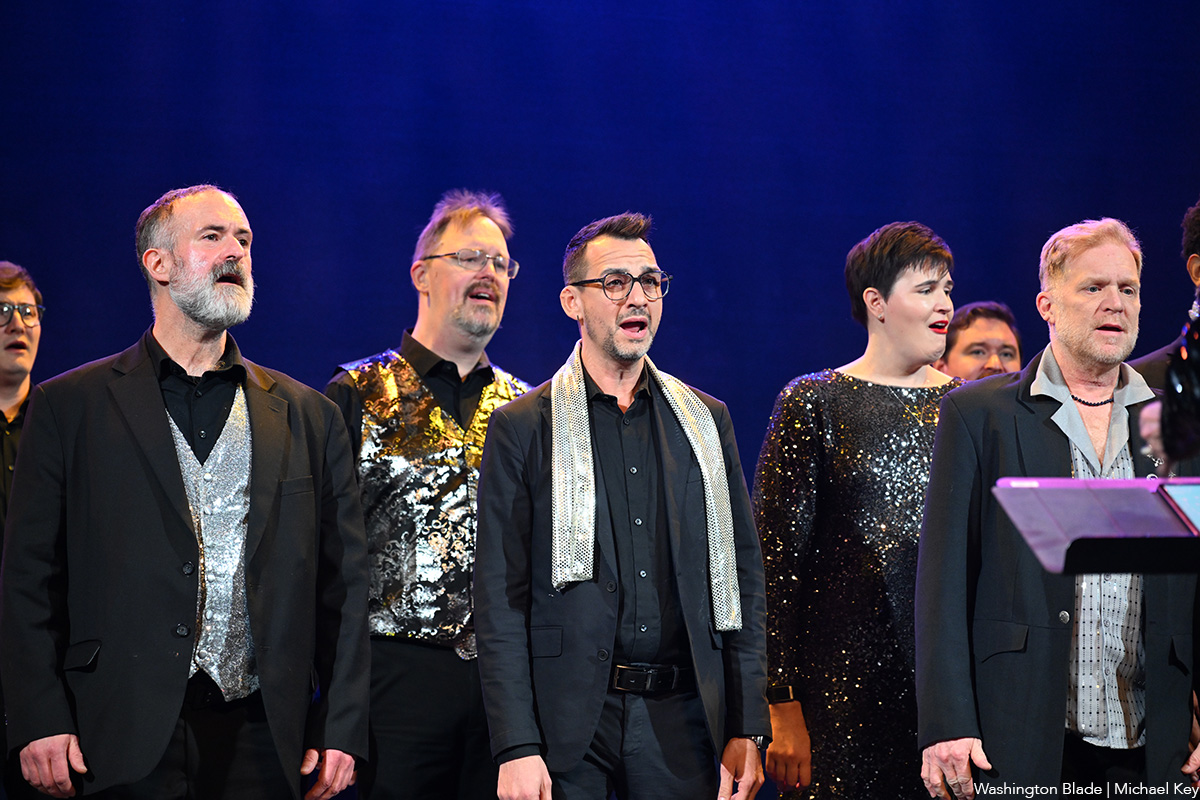
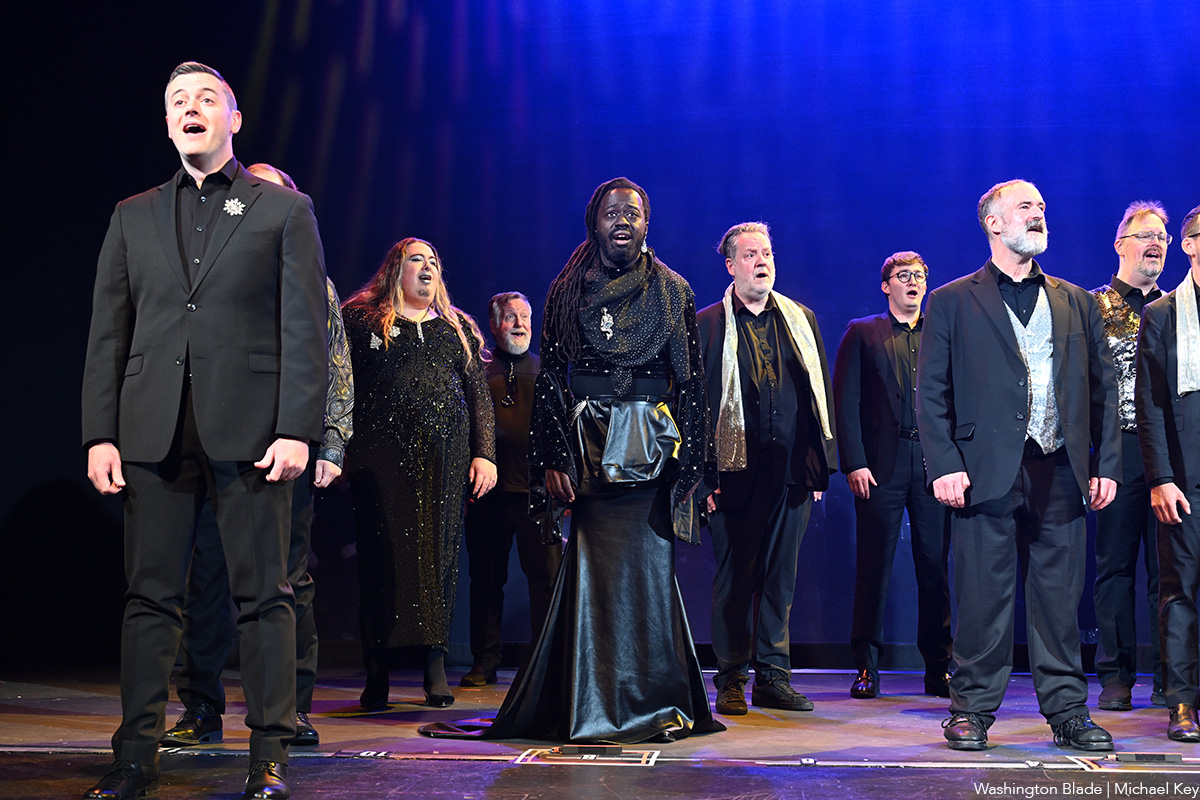
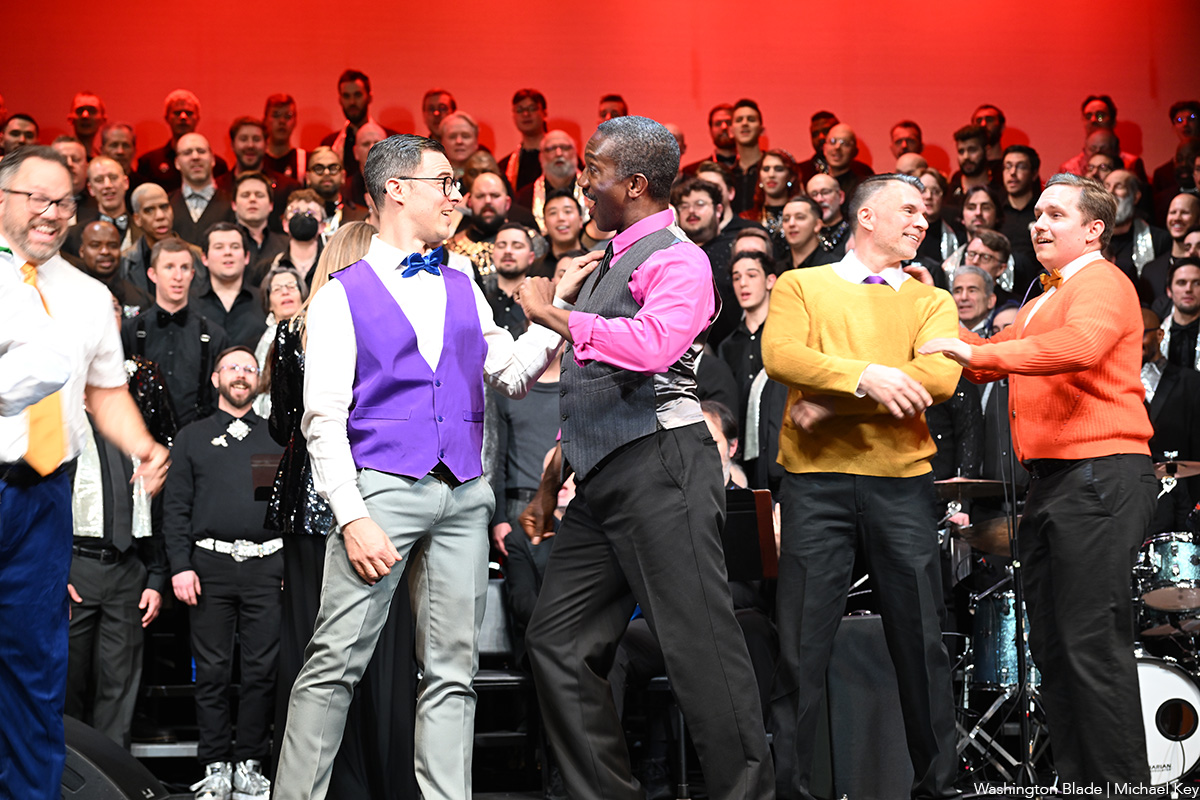
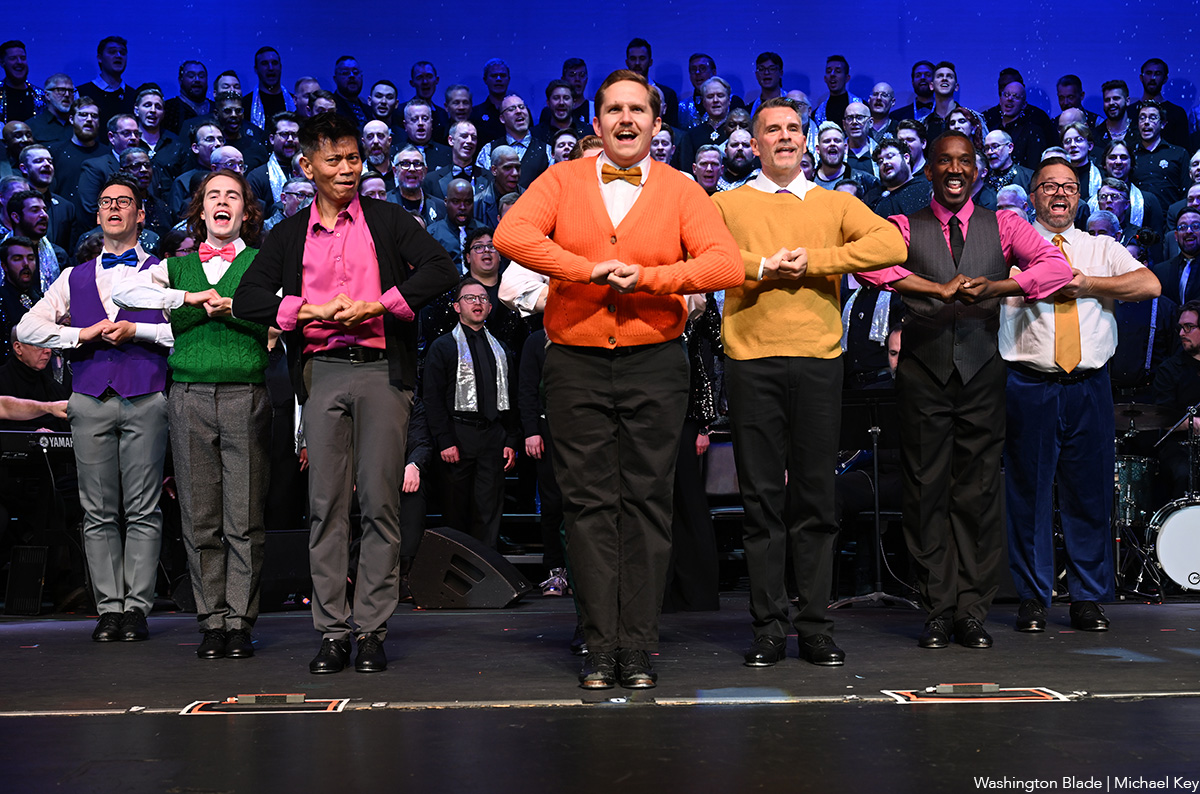
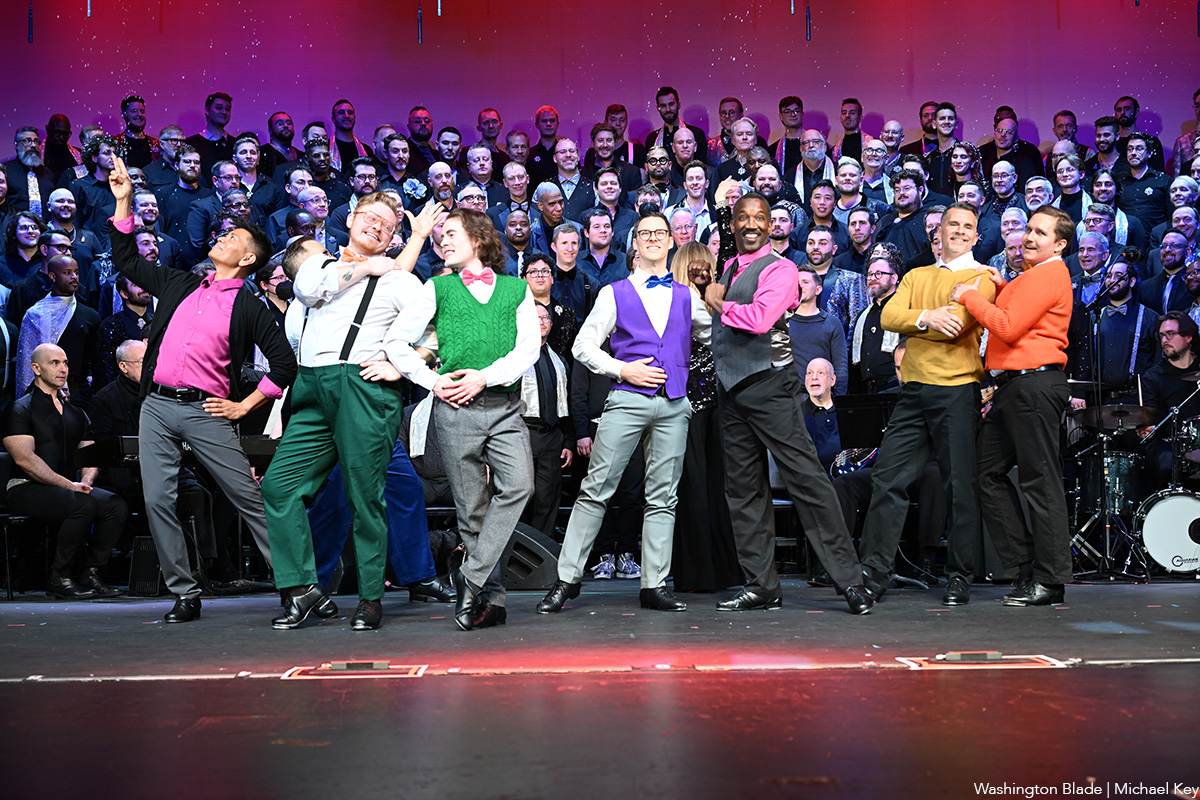
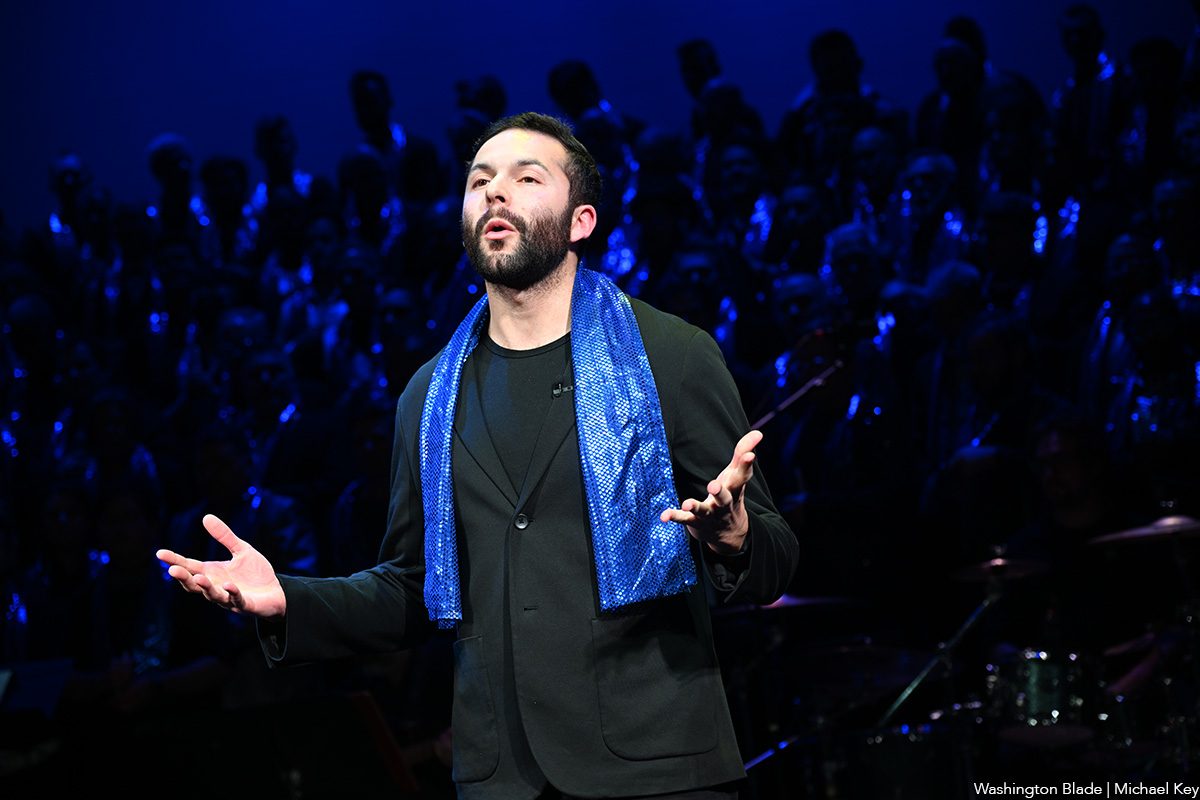
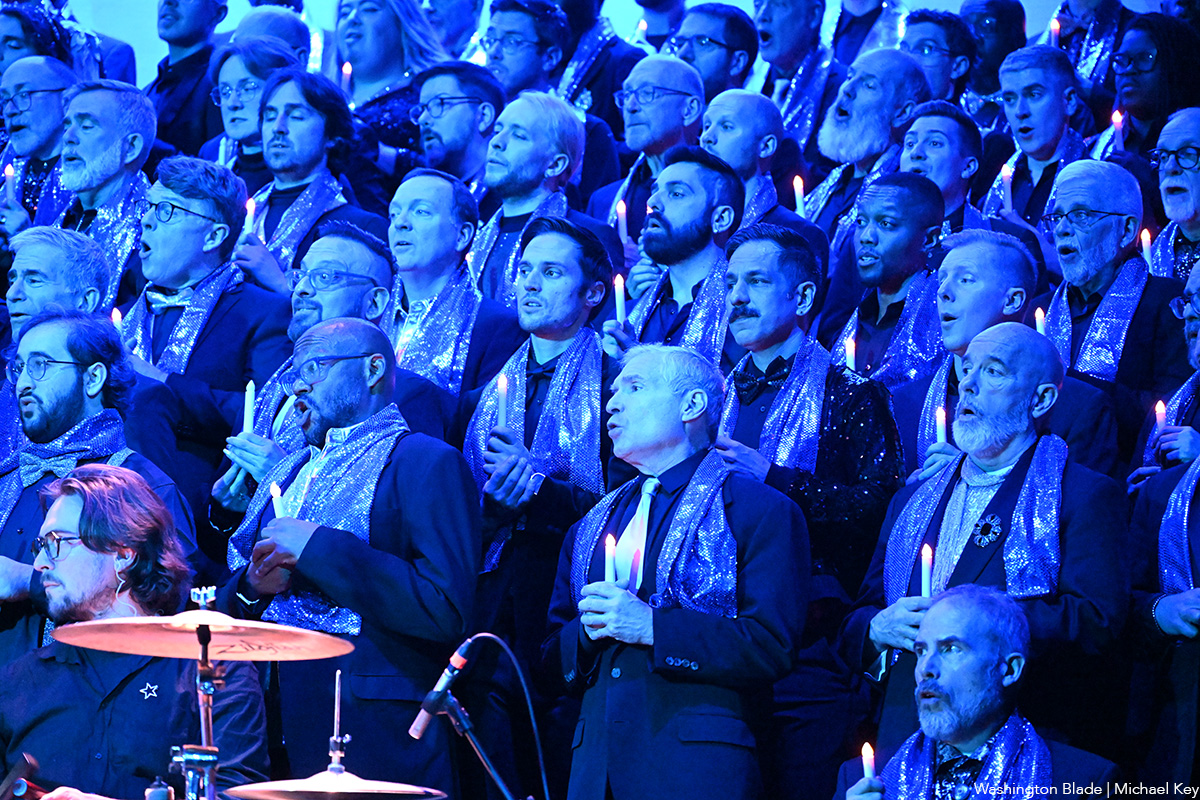
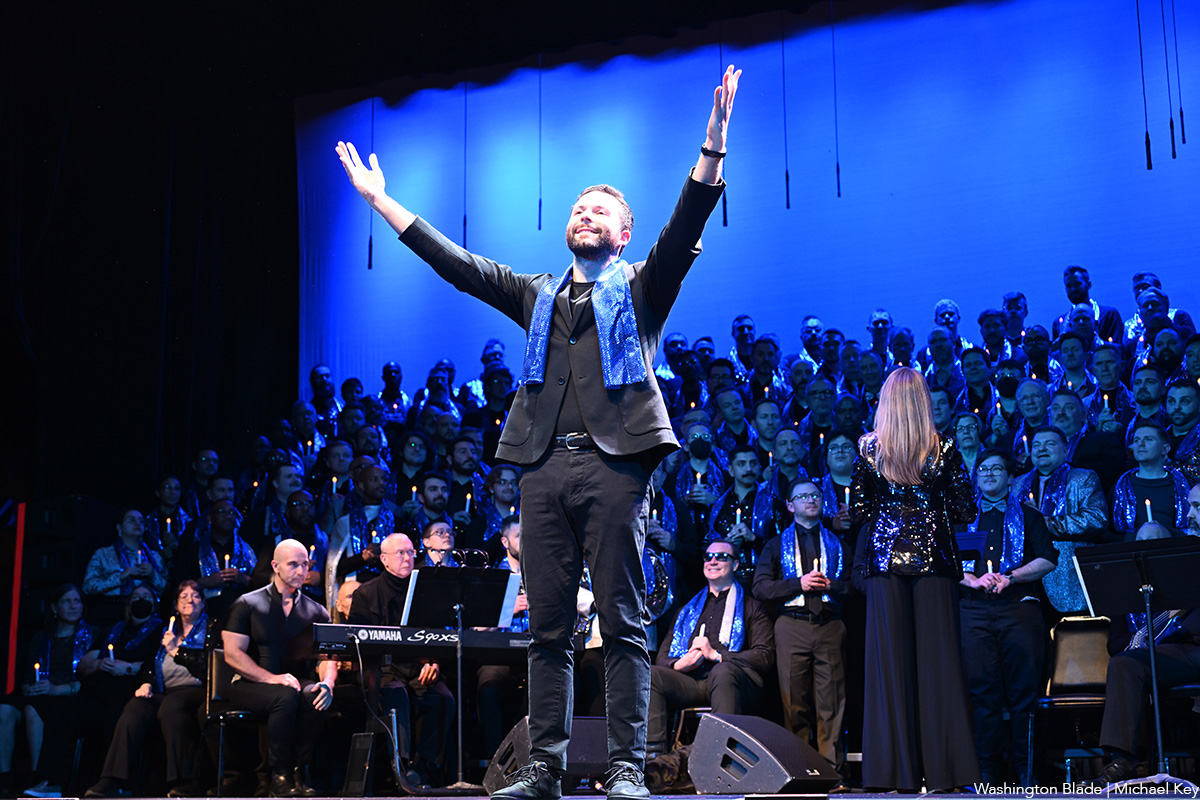
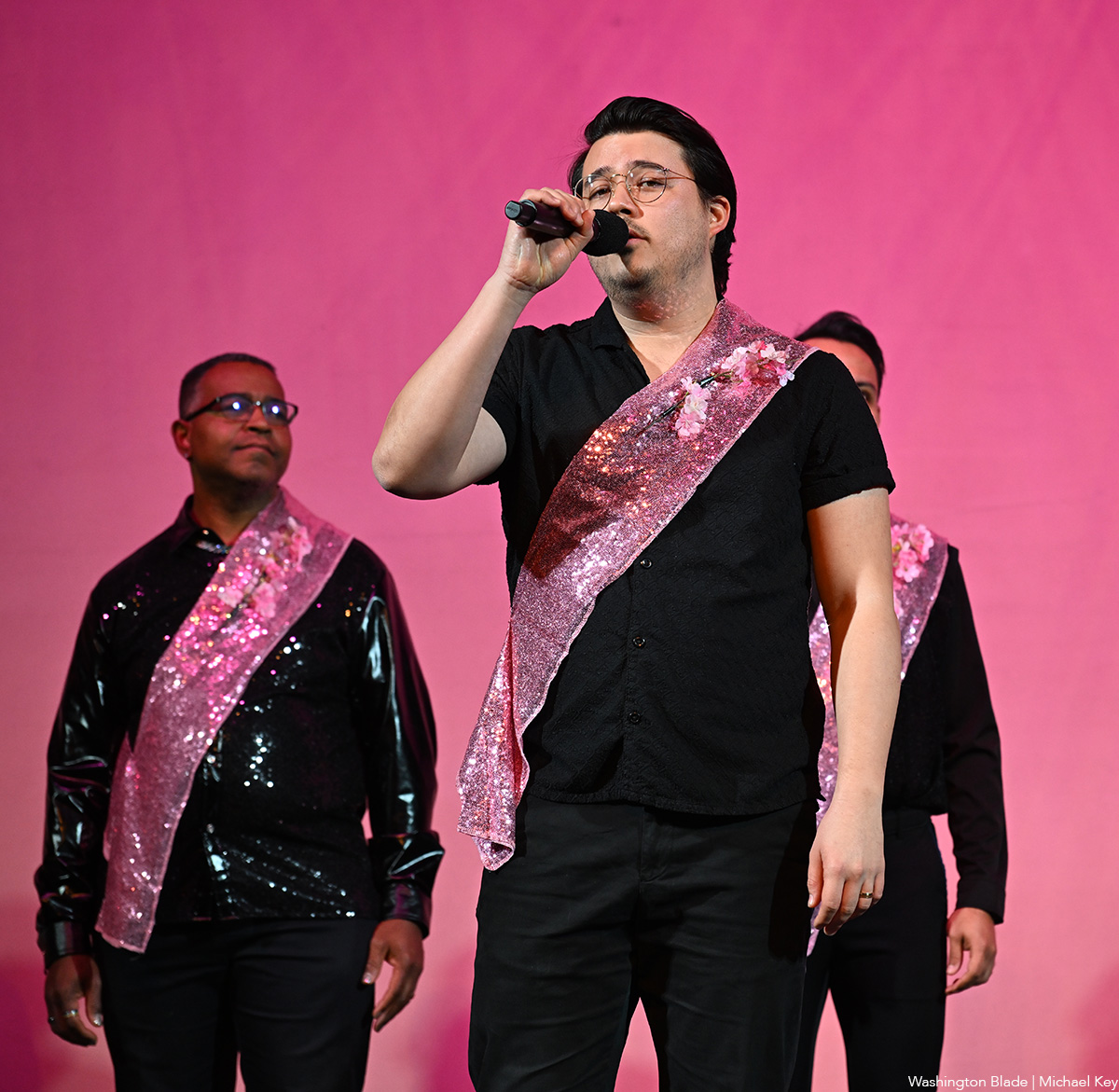
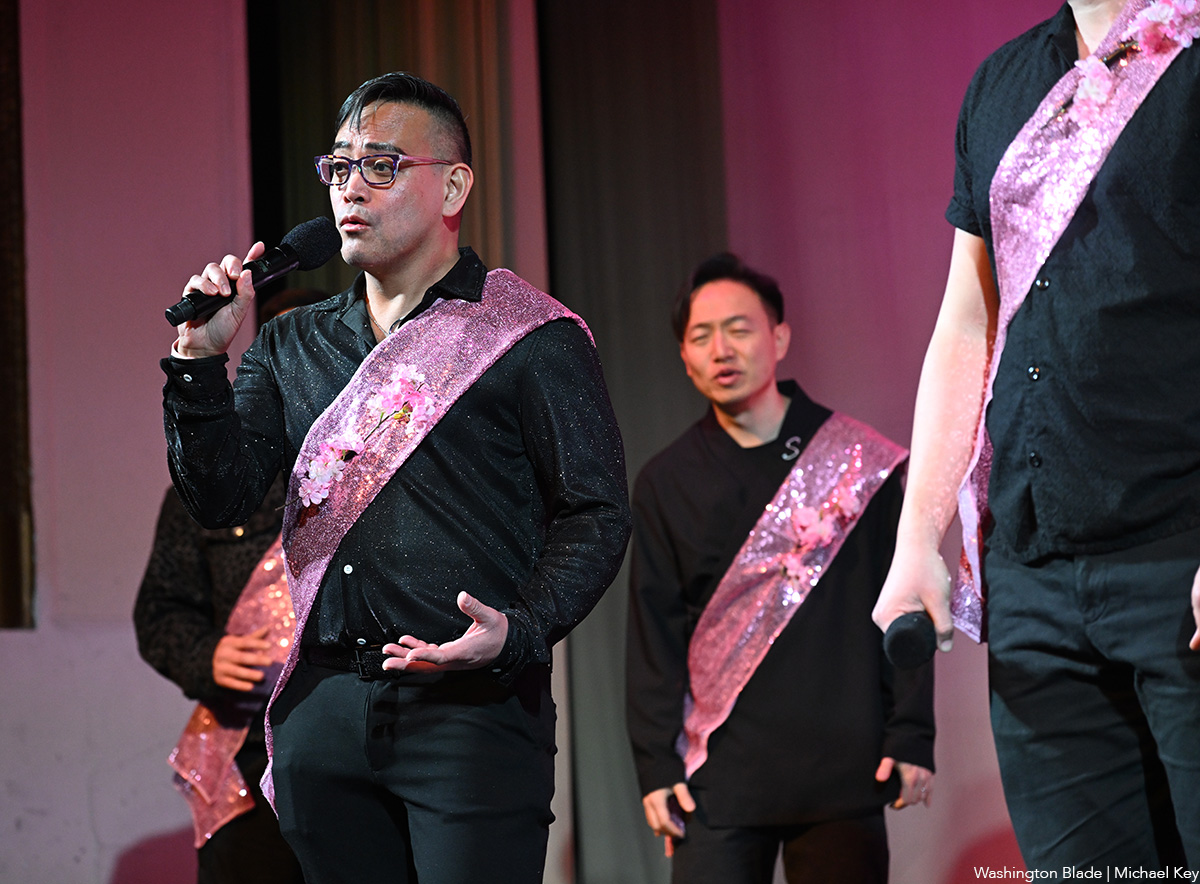
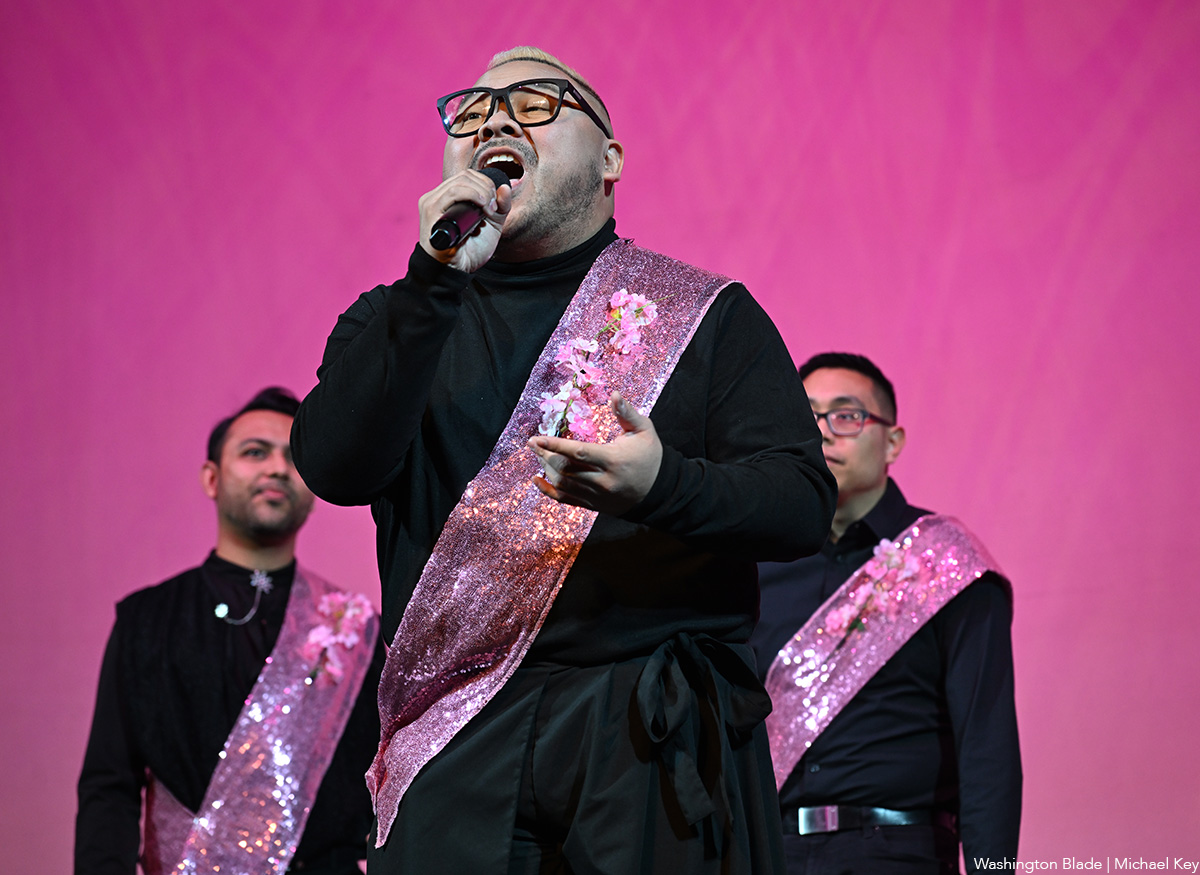

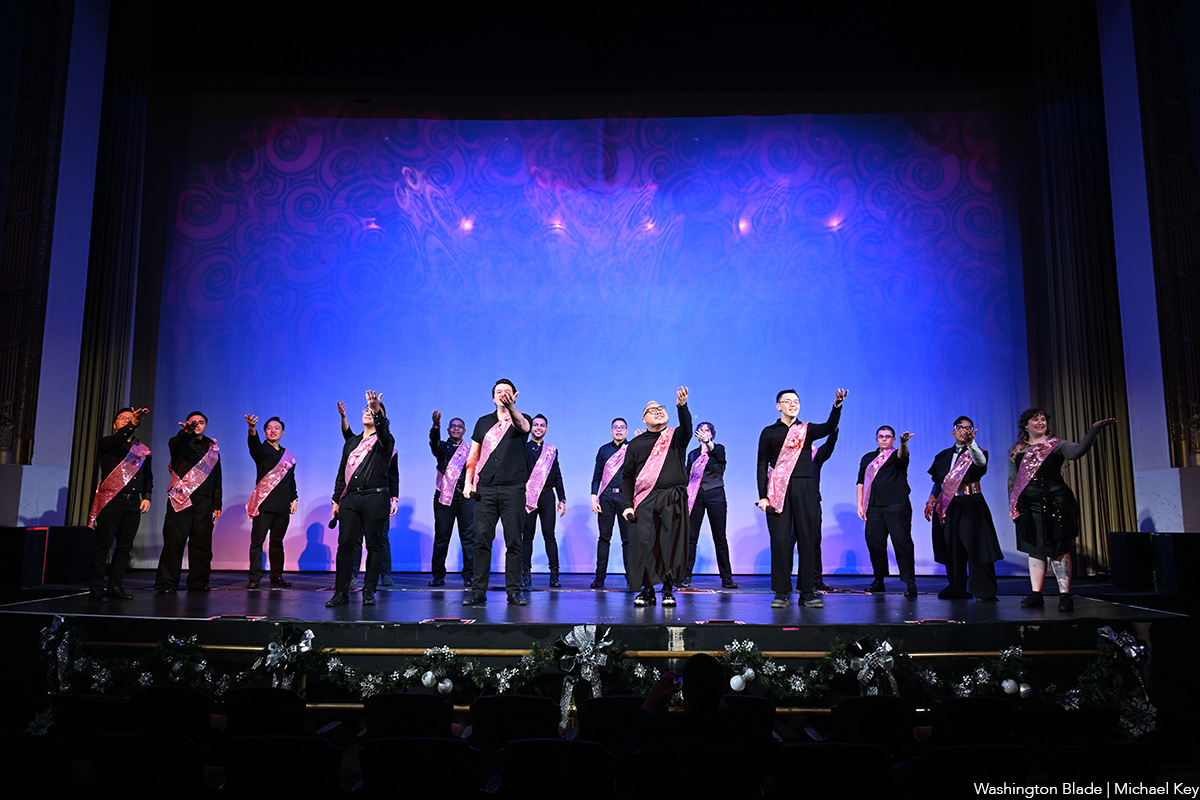
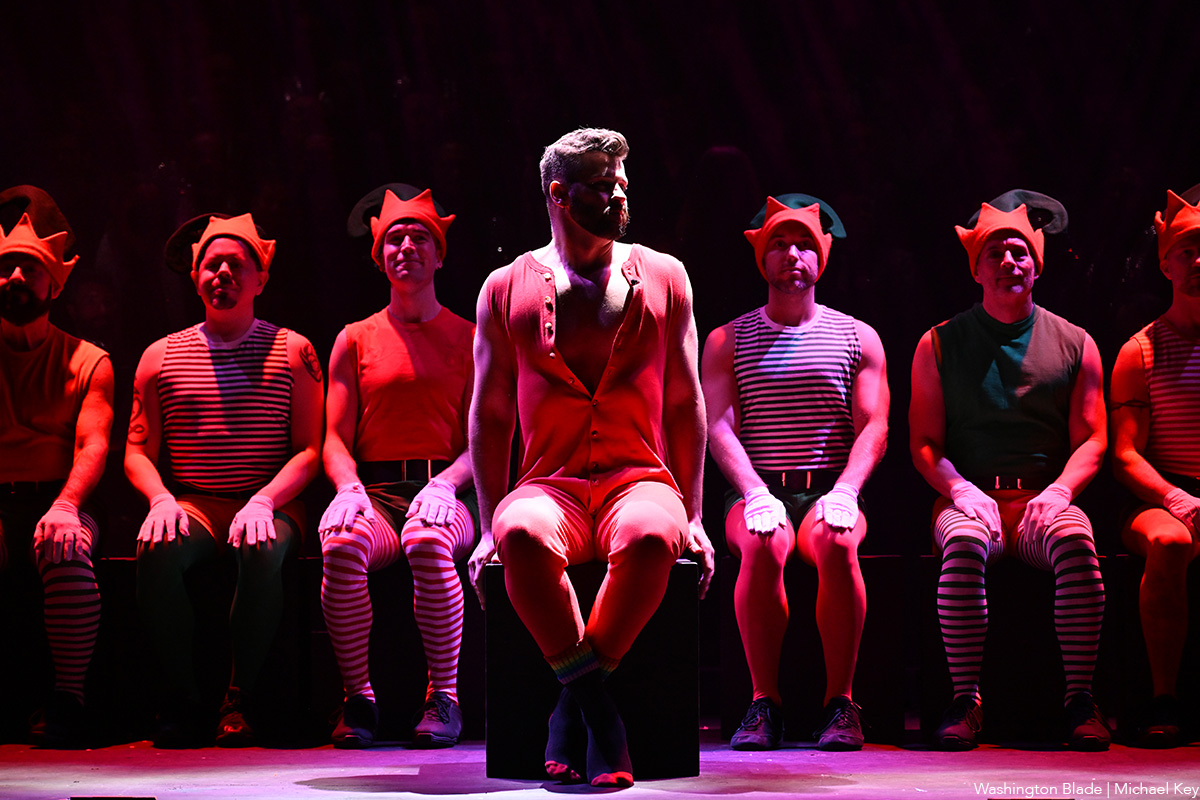

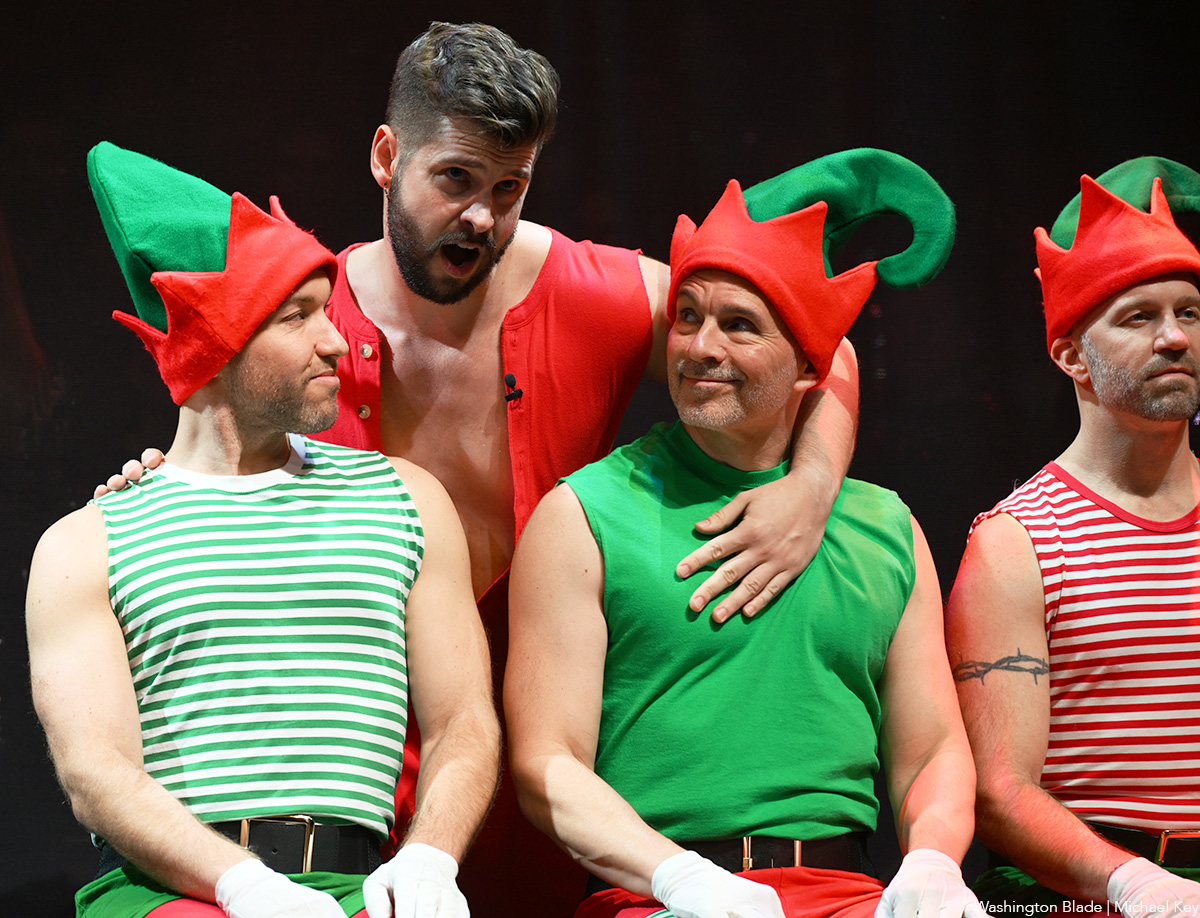

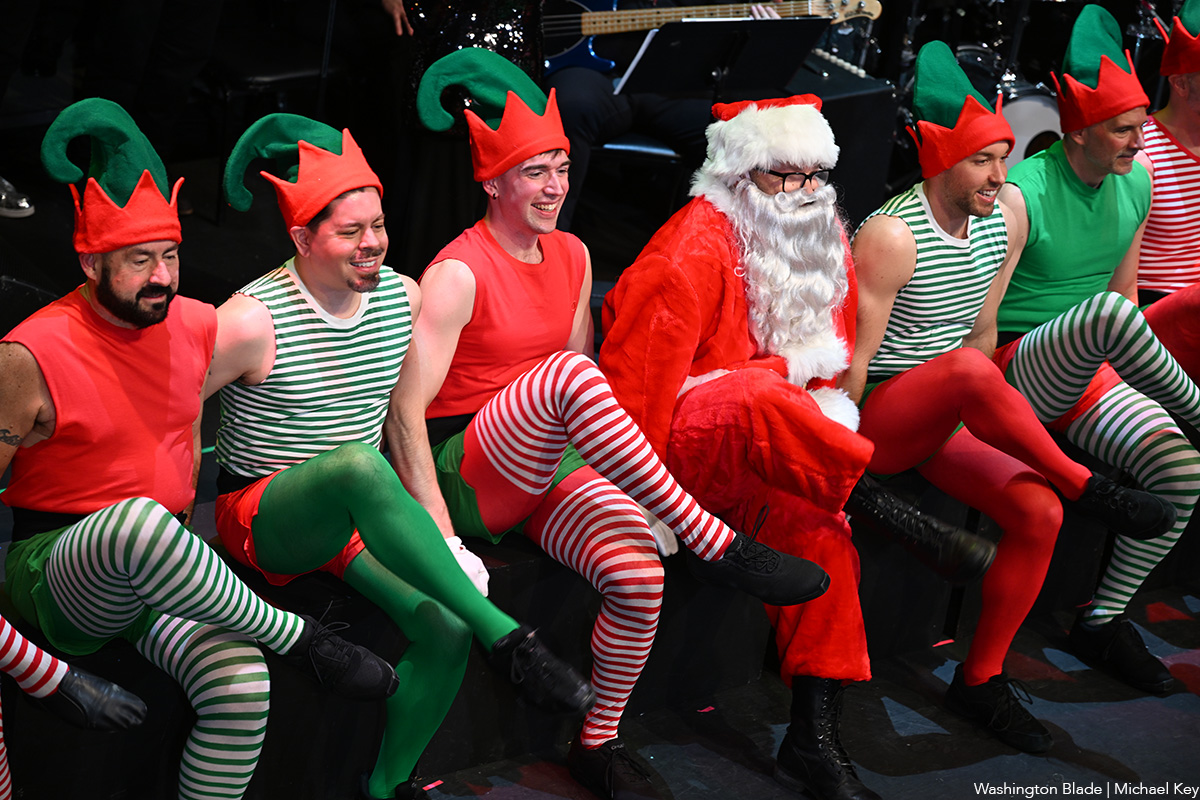
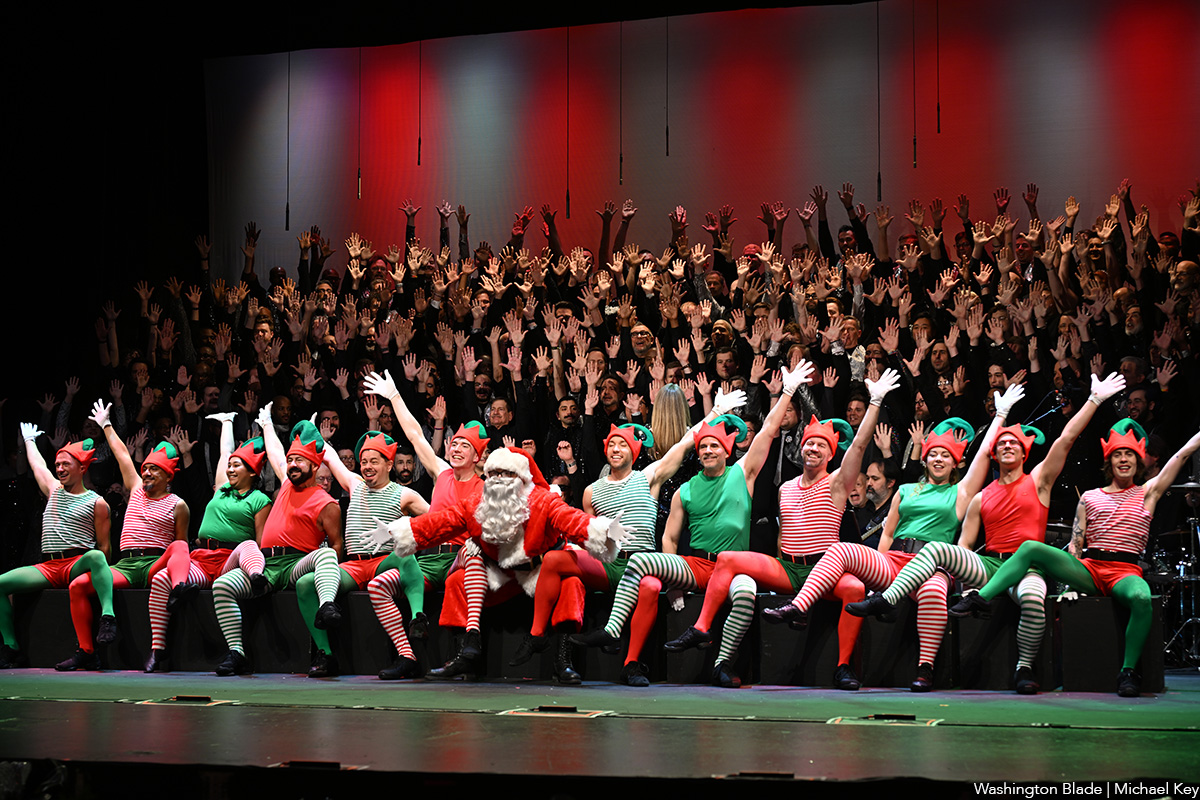
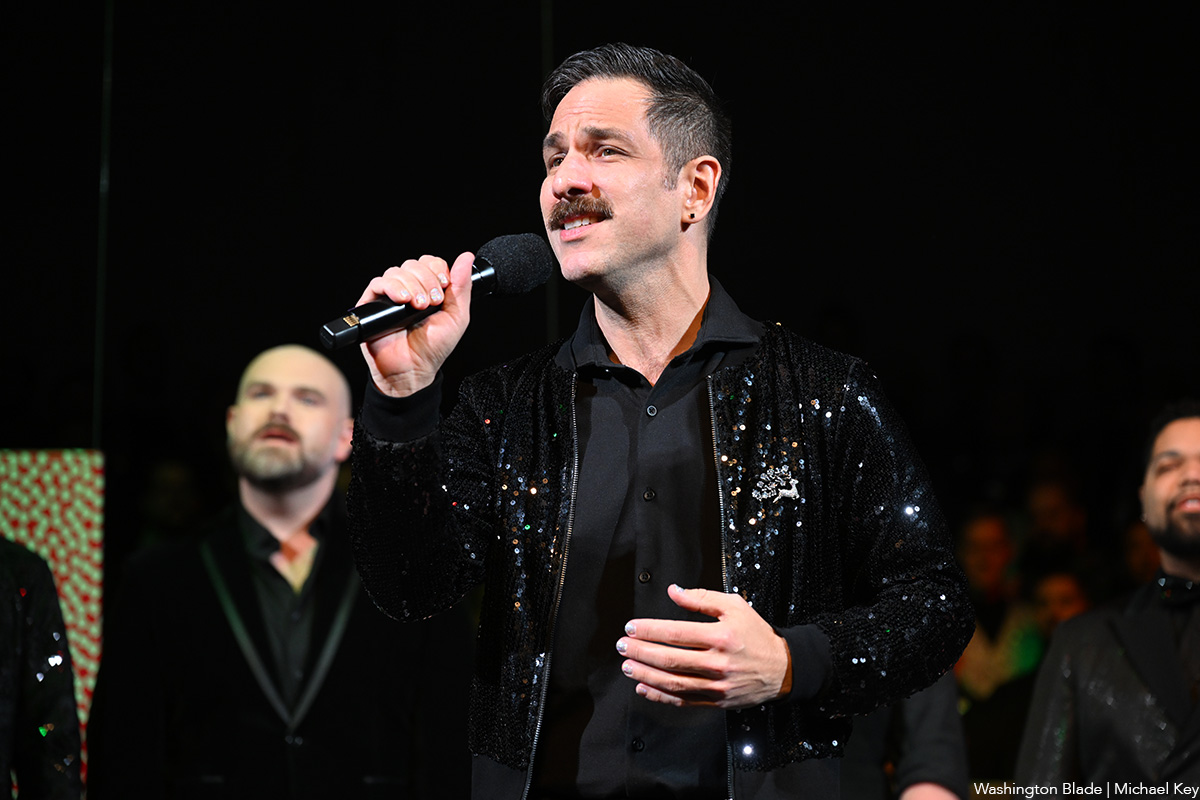
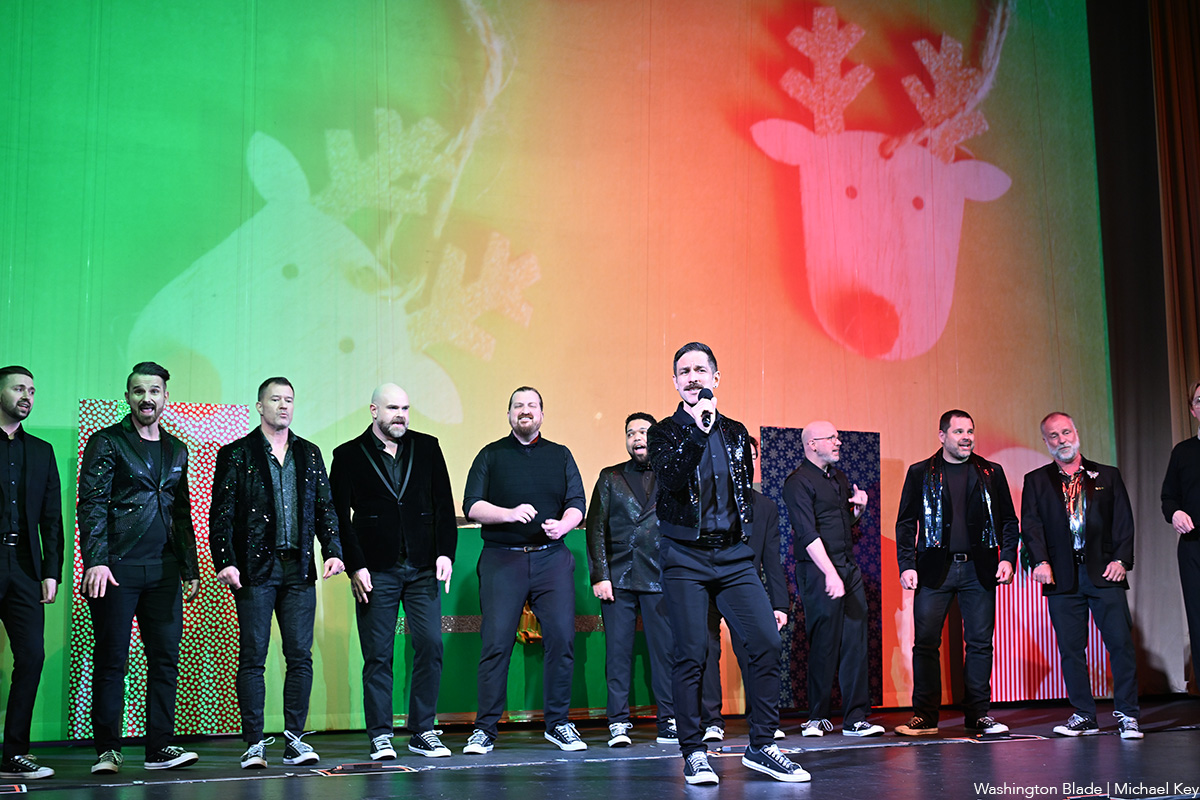
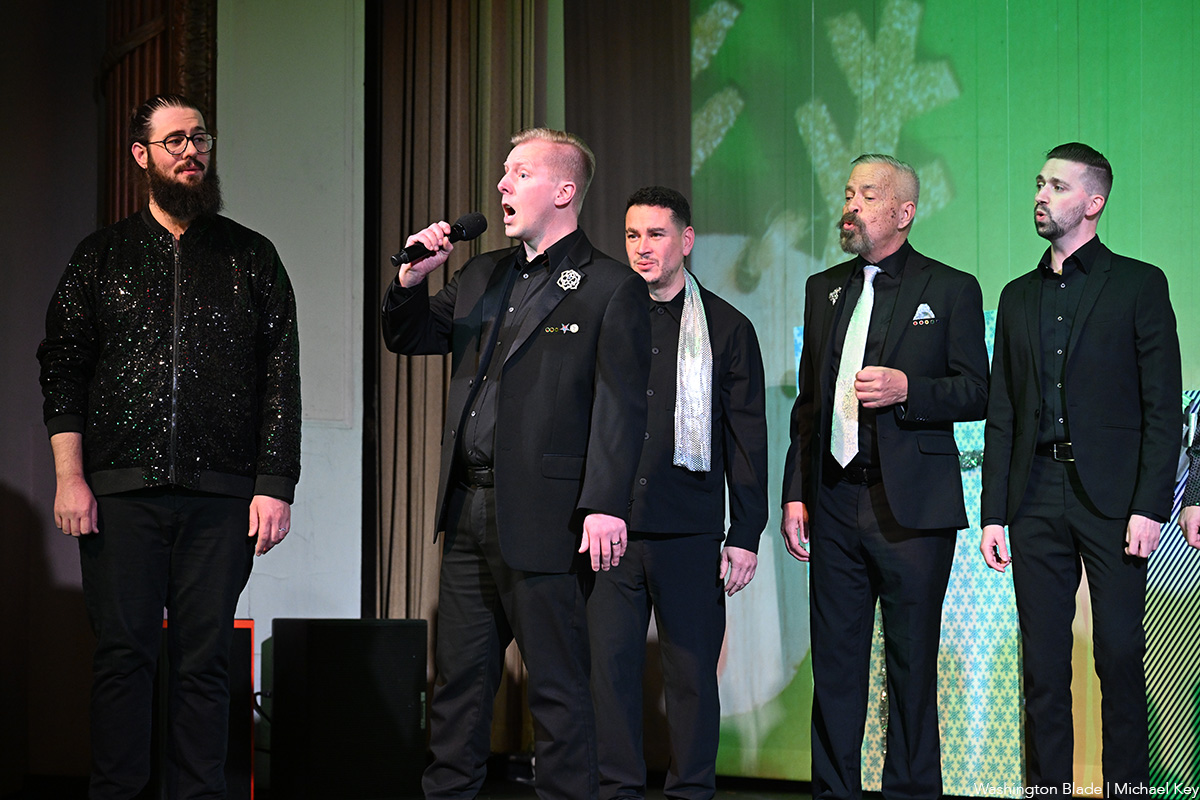
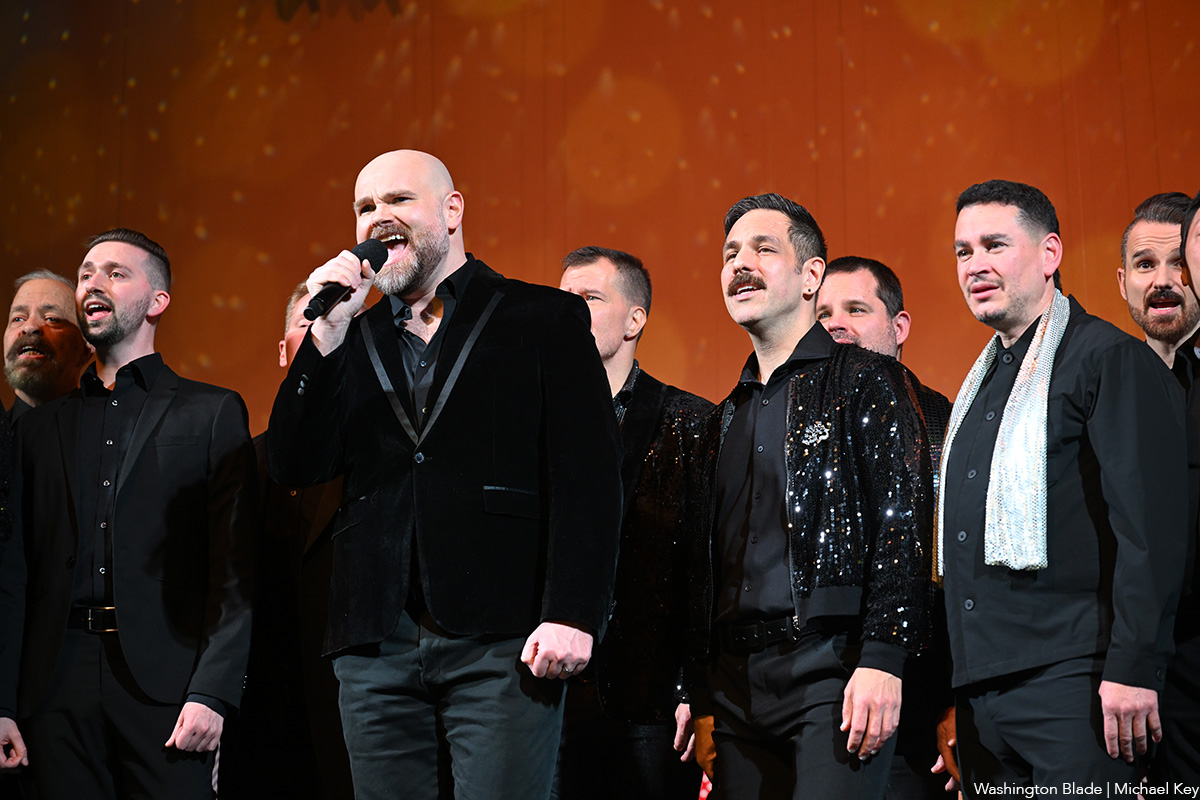
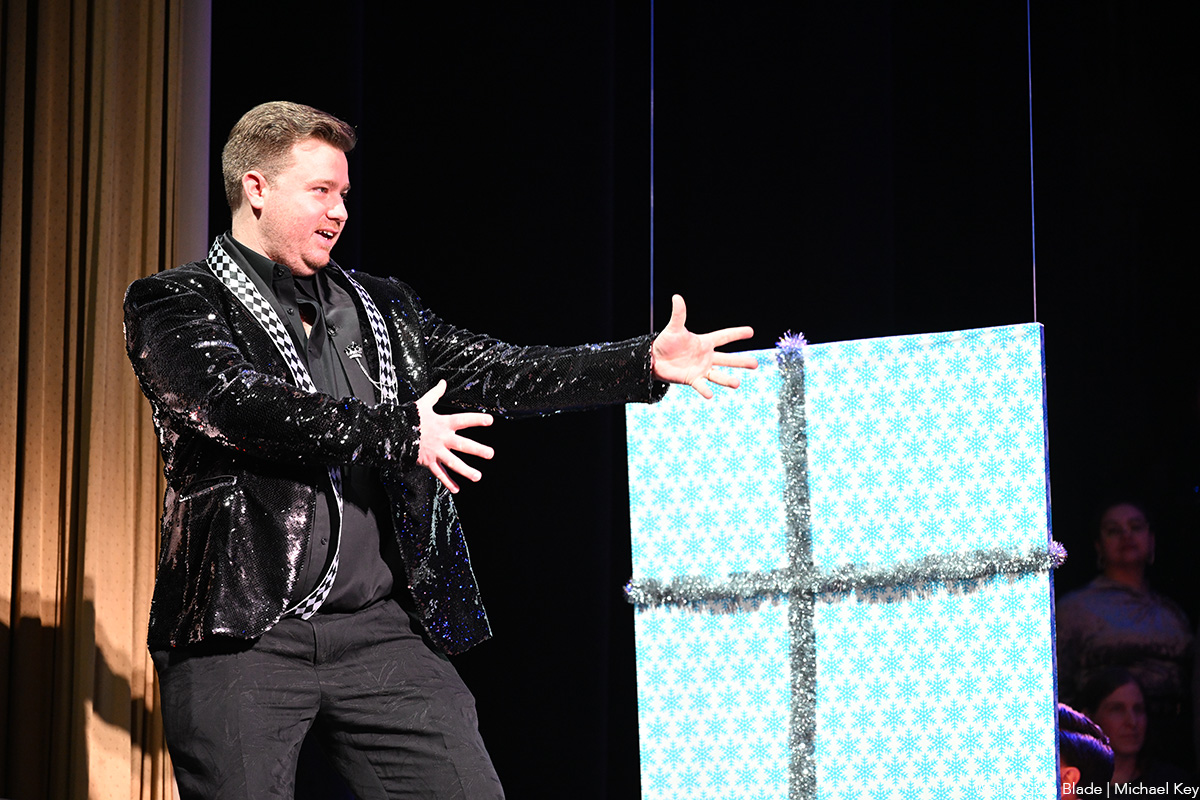
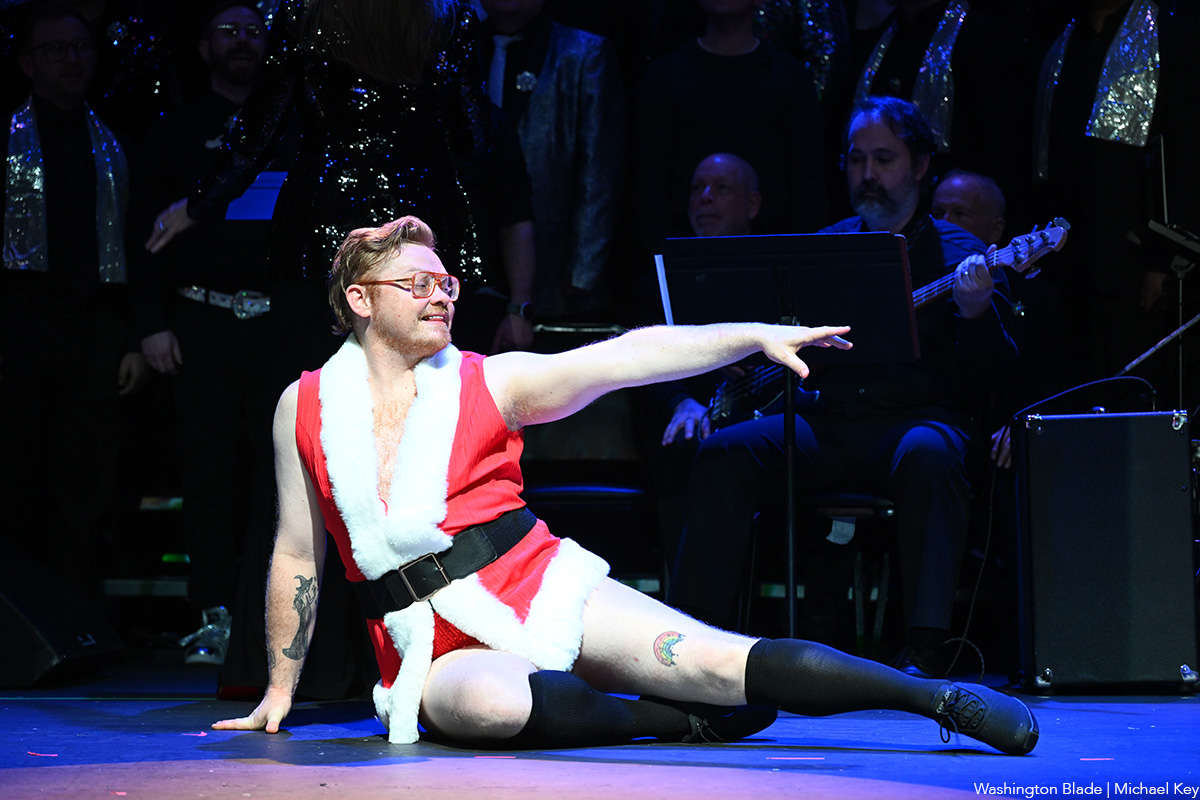
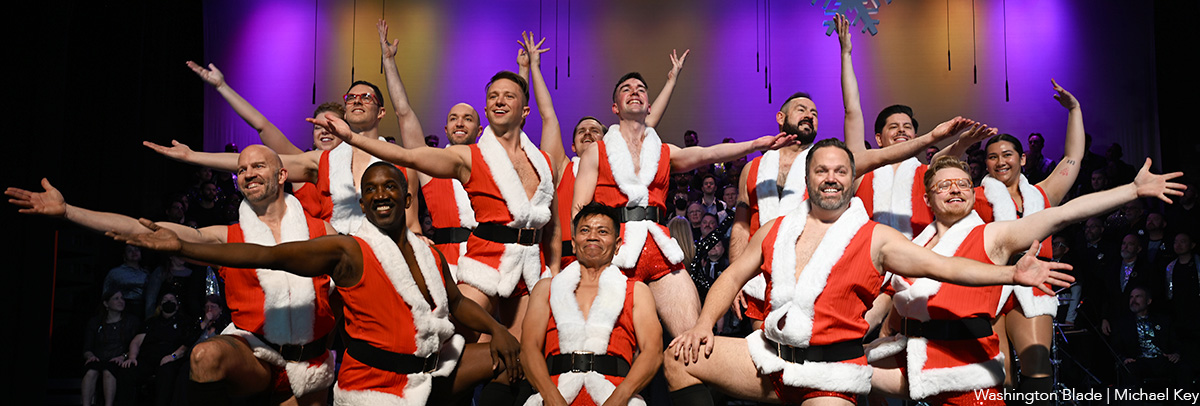
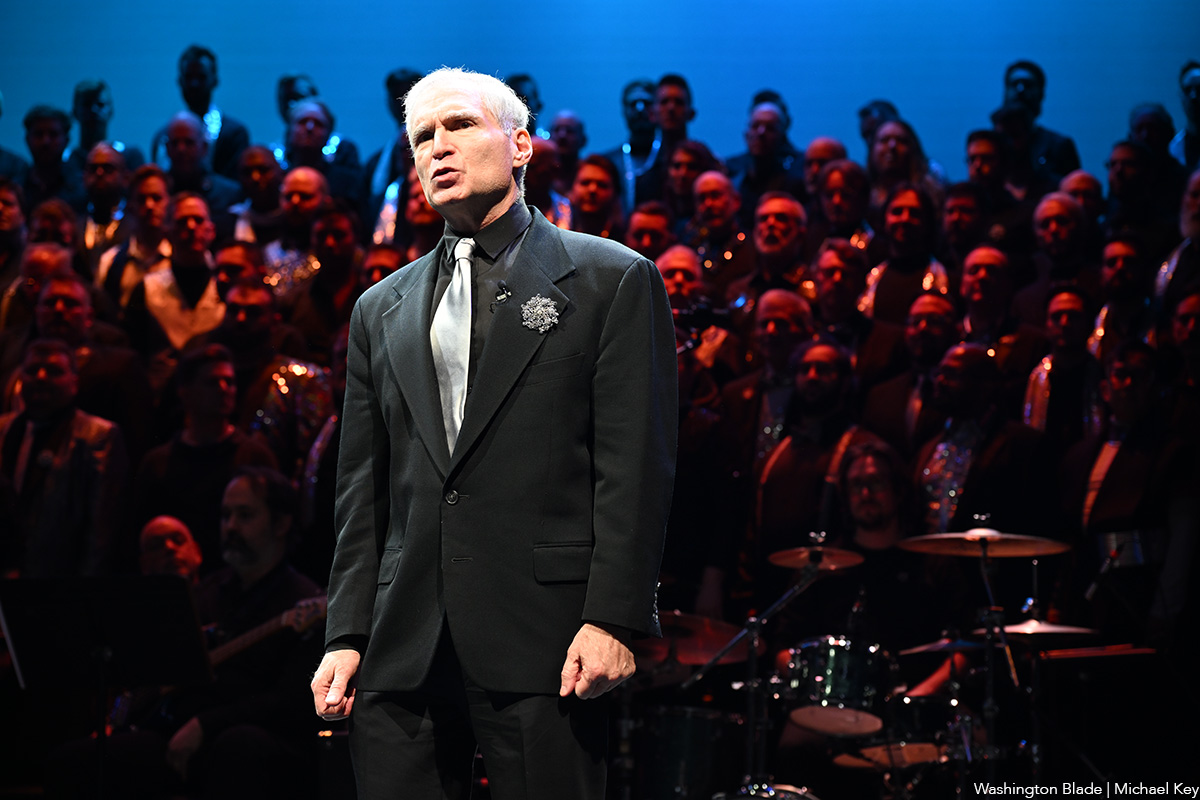
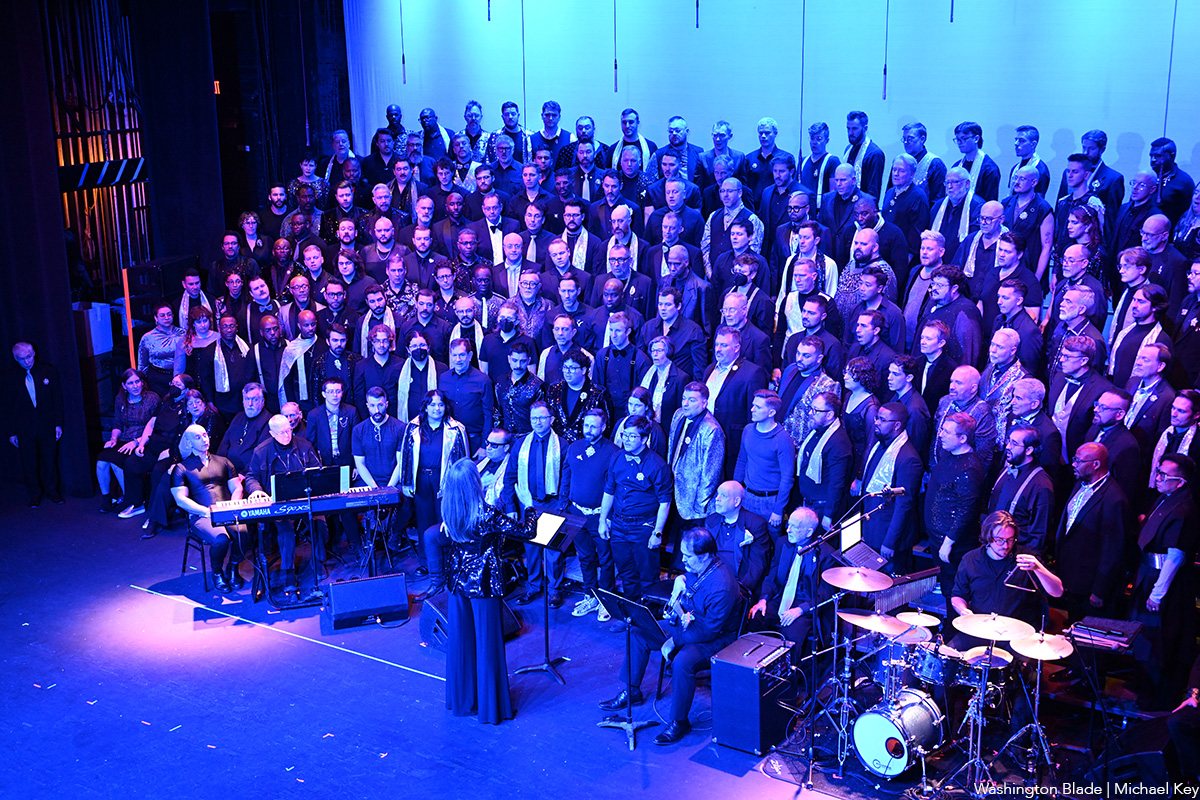

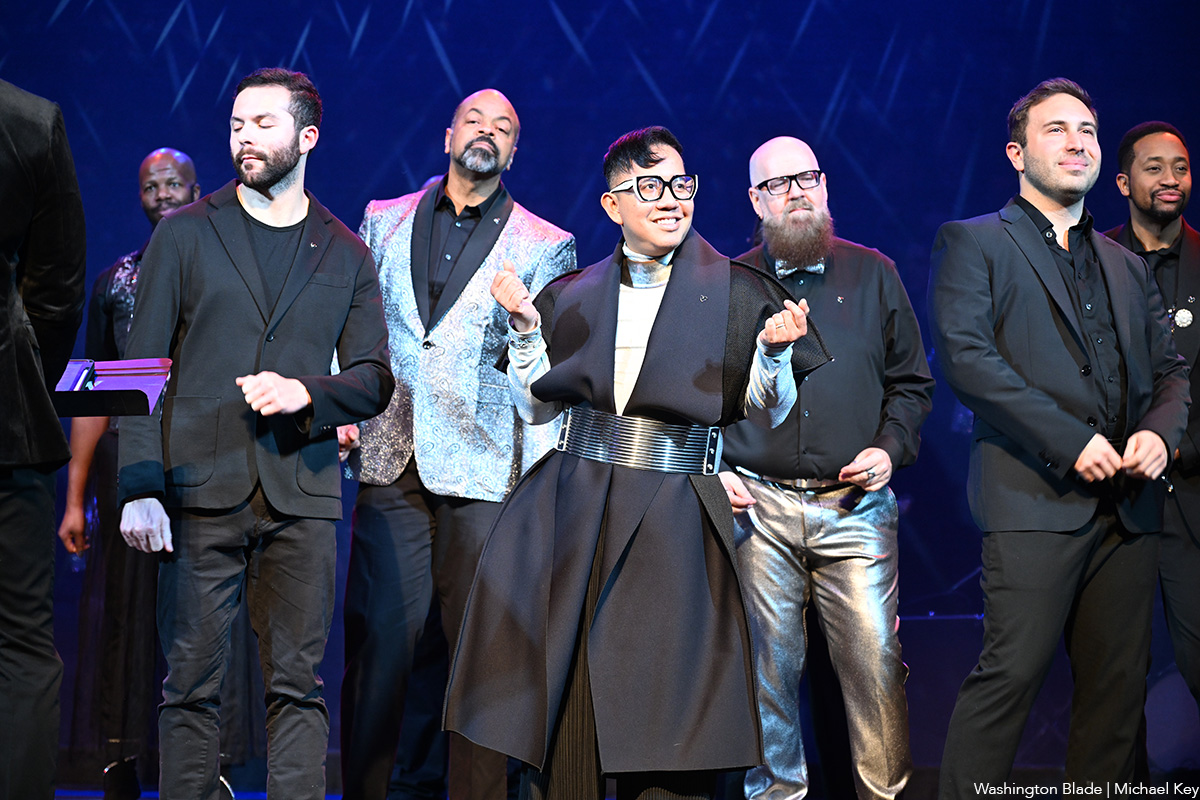
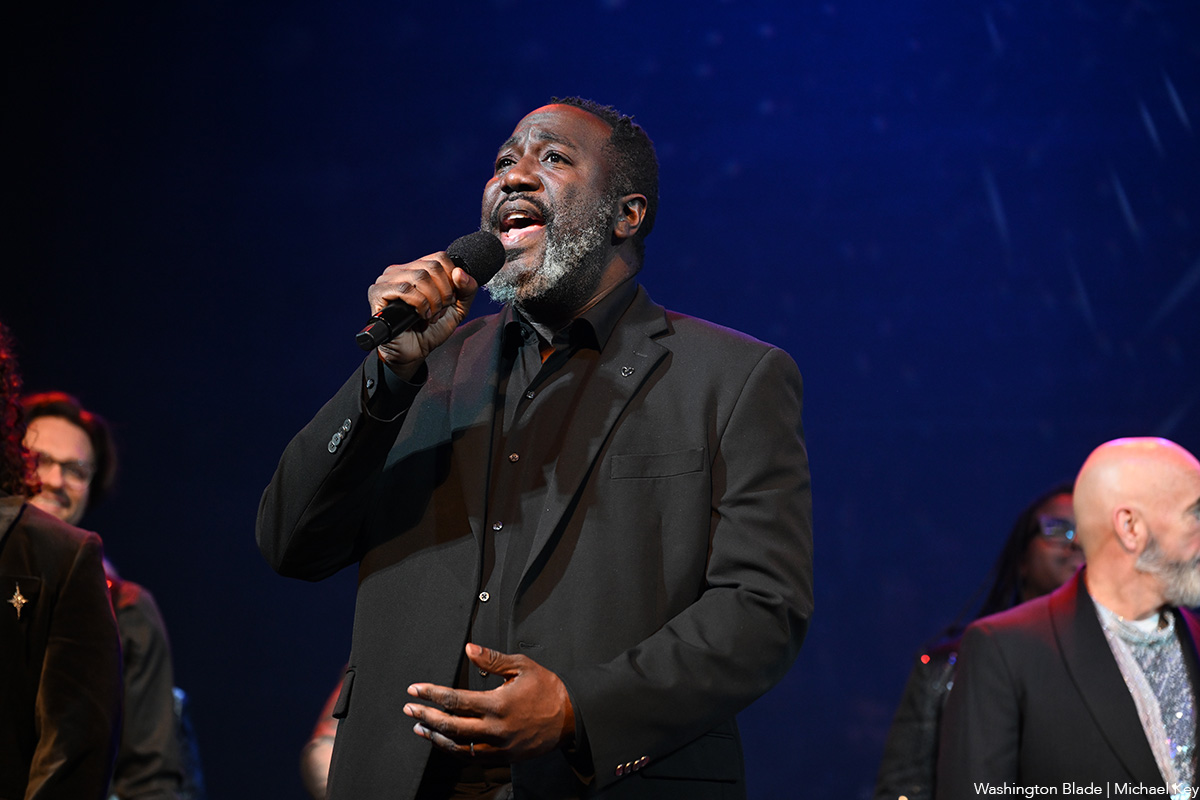

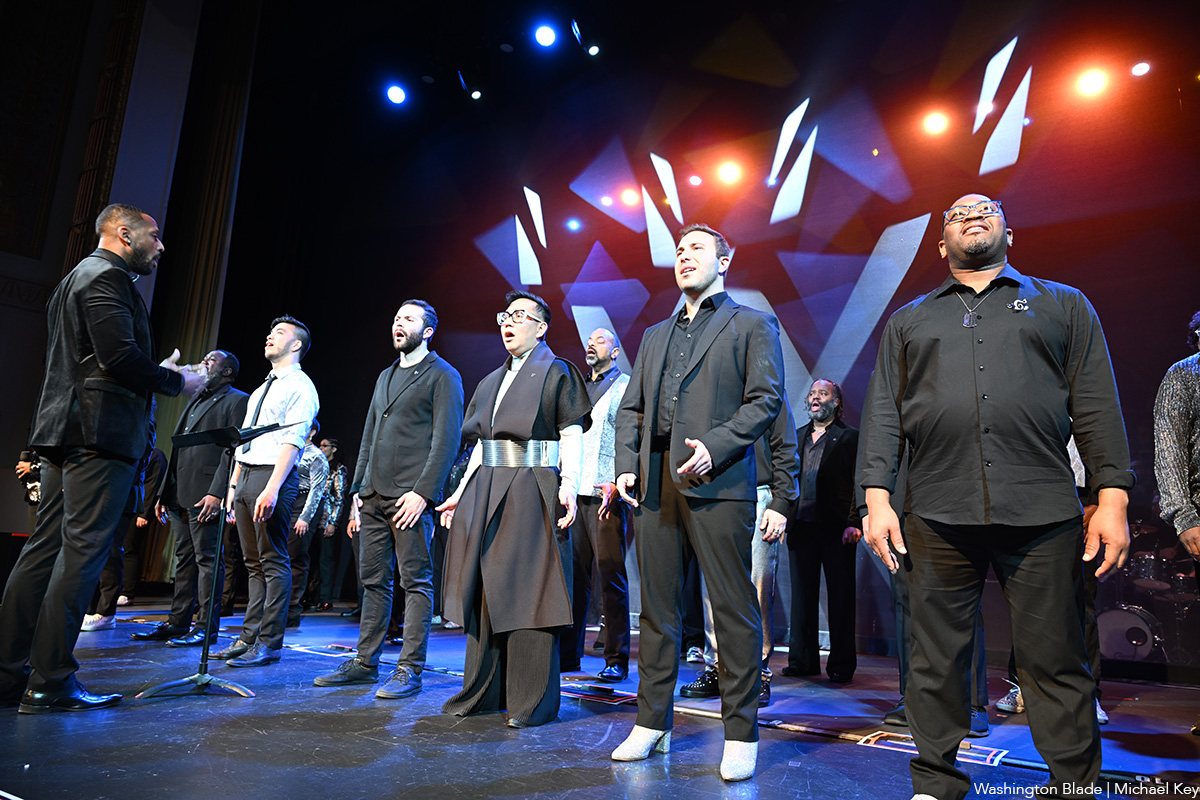

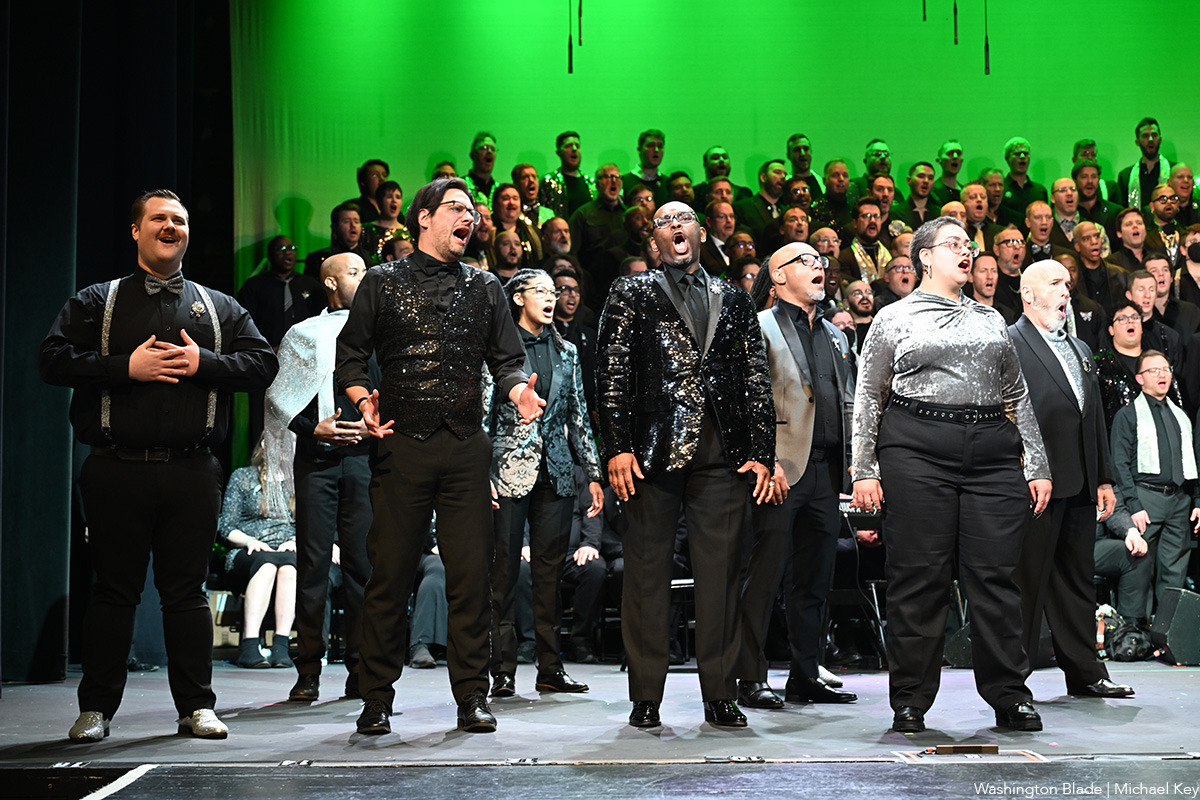

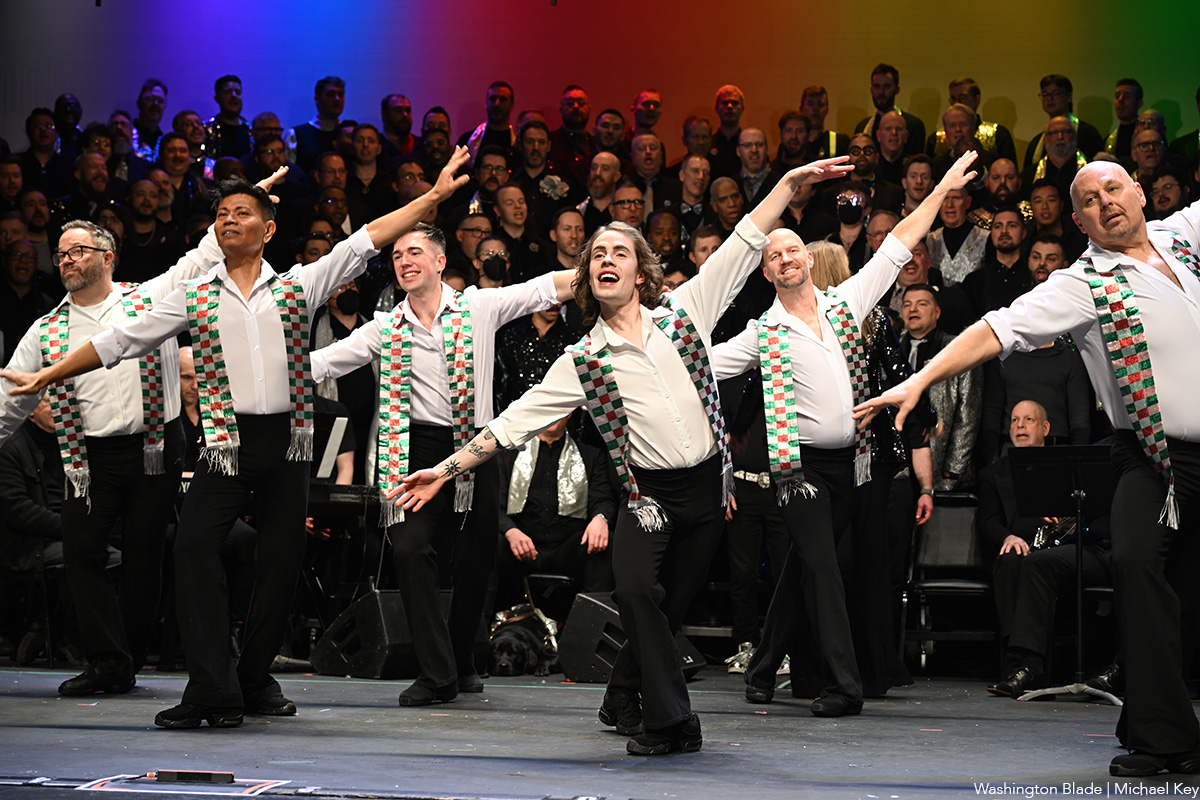

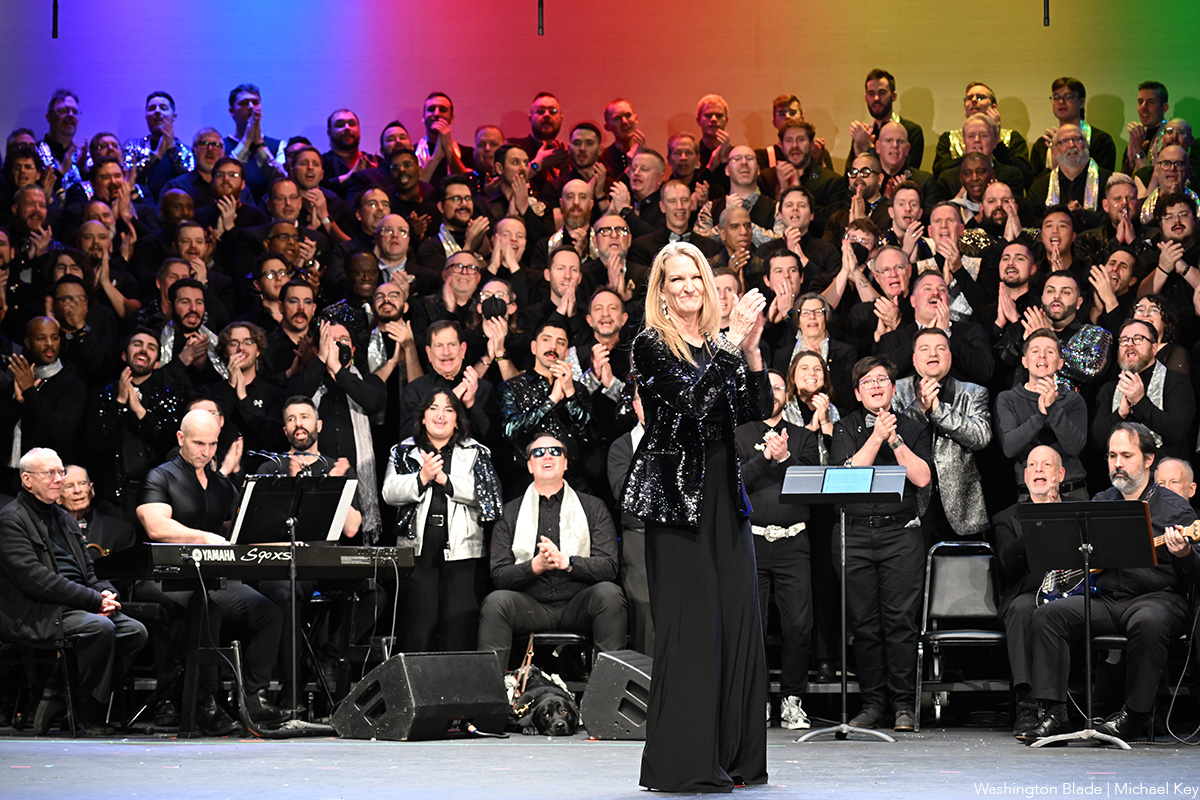
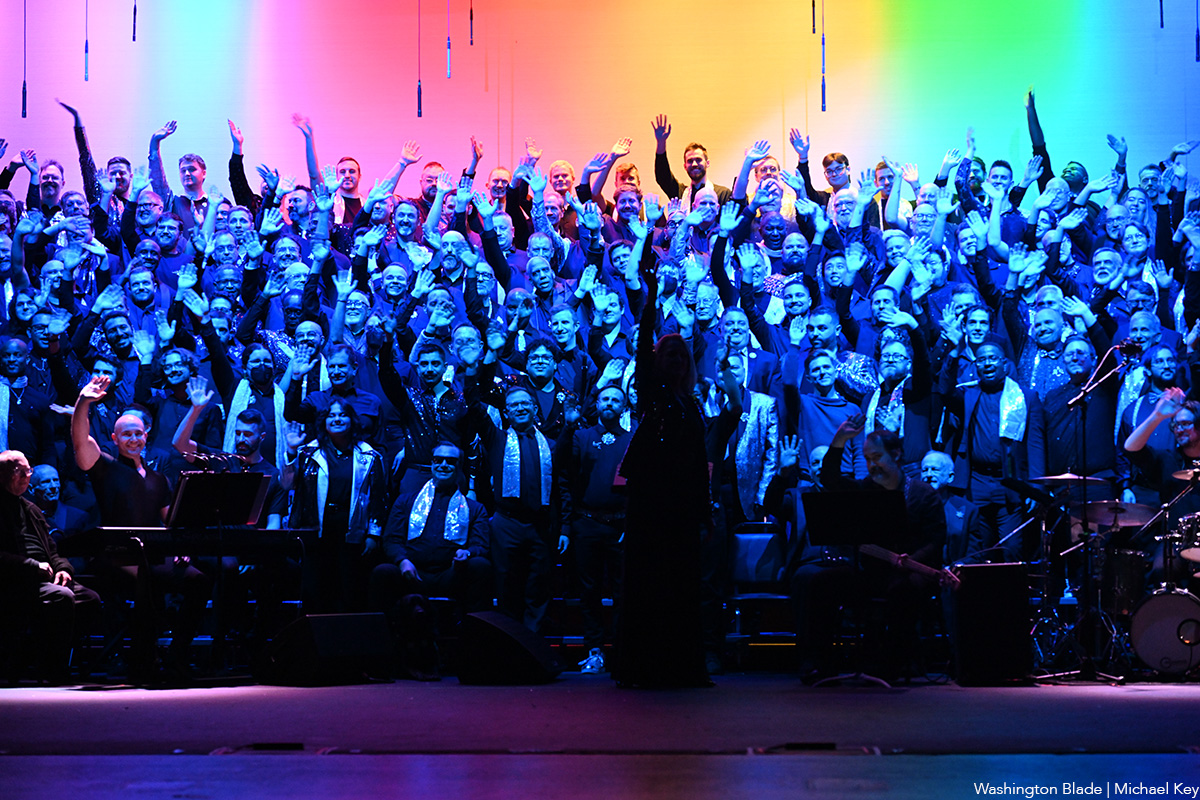
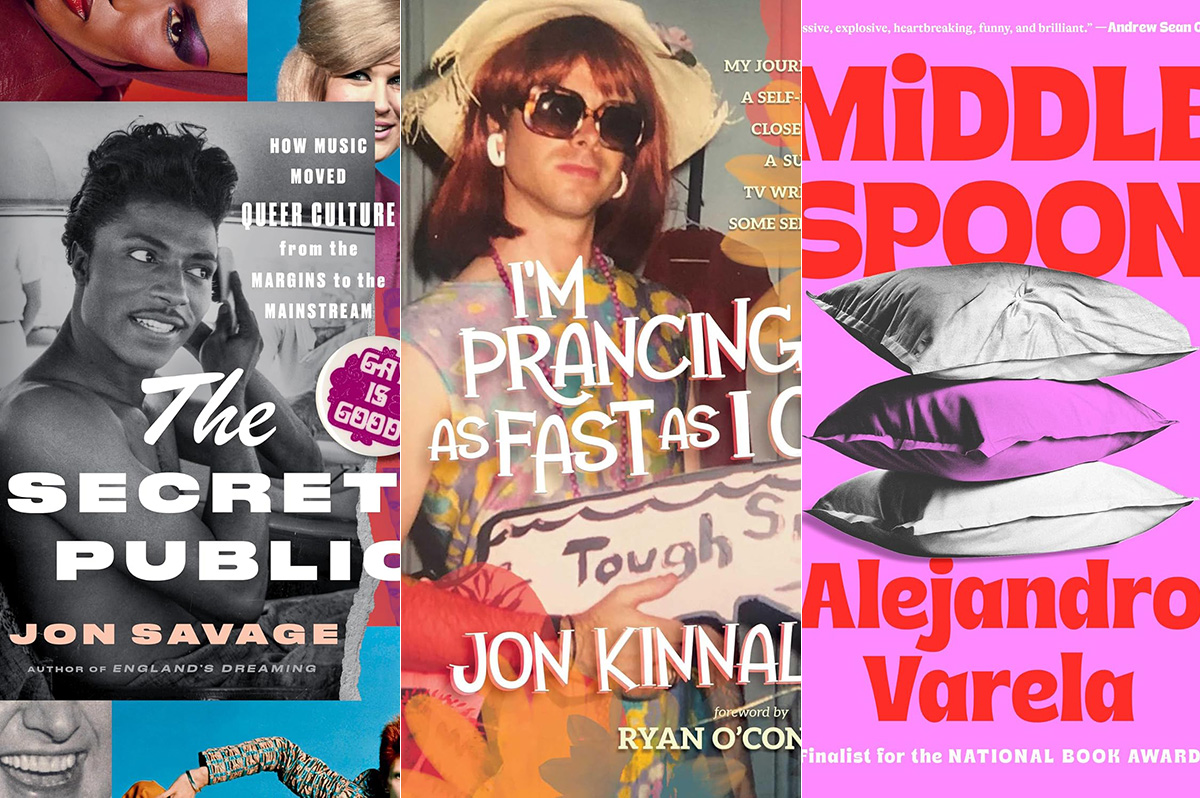
Santa will be very relieved.
You’ve taken most of the burden off him by making a list and checking it twice on his behalf. The gift-buying in your house is almost done – except for those few people who are just so darn hard to buy for. So what do you give to the person who has (almost) everything? You give them a good book, like maybe one of these.
Memoir and biography
The person who loves digging into a multi-level memoir will be happy unwrapping “Blessings and Disasters: A Story of Alabama” by Alexis Okeowo (Henry Holt). It’s a memoir about growing up Black in what was once practically ground zero for the Confederacy. It’s about inequality, it busts stereotypes, and yet it still oozes love of place. You can’t go wrong if you wrap it up with “Queen Mother: Black Nationalism, Reparations, and the Untold Story of Audley Moore” by Ashley D. Farmer (Pantheon). It’s a chunky book with a memoir with meaning and plenty of thought.
For the giftee on your list who loves to laugh, wrap up “In My Remaining Years” by Jean Grae (Flatiron Books). It’s part memoir, part comedy, a look back at the late-last-century, part how-did-you-get-to-middle-age-already? and all fun. Wrap it up with “Here We Go: Lessons for Living Fearlessly from Two Traveling Nanas” by Eleanor Hamby and Dr. Sandra Hazellip with Elisa Petrini (Viking). It’s about the adventures of two 80-something best friends who seize life by the horns – something your giftee should do, too.
If there’ll be someone at your holiday table who’s finally coming home this year, wrap up “How I Found Myself in the Midwest” by Steve Grove (Simon & Schuster). It’s the story of a Silicon Valley worker who gives up his job and moves with his family to Minnesota, which was once home to him. That was around the time the pandemic hit, George Floyd was murdered, and life in general had been thrown into chaos. How does someone reconcile what was with what is now? Pair it with “Homestand: Small Town Baseball and the Fight for the Soul of America” by Will Bardenwerper (Doubleday). It’s set in New York and but isn’t that small-town feel universal, no matter where it comes from?
Won’t the adventurer on your list be happy when they unwrap “I Live Underwater” by Max Gene Nohl (University of Wisconsin Press)? They will, when they realize that this book is by a former deep-sea diver, treasure hunter, and all-around daredevil who changed the way we look for things under water. Nohl died more than 60 years ago, but his never-before-published memoir is fresh and relevant and will be a fun read for the right person.
If celeb bios are your giftee’s thing, then look for “The Luckiest” by Kelly Cervantes (BenBella Books). It’s the Midwest-to-New-York-City story of an actress and her life, her marriage, and what she did when tragedy hit. Filled with grace, it’s a winner.
Your music lover won’t want to open any other gifts if you give “Only God Can Judge Me: The Many Lives of Tupac Shakur” by Jeff Pearlman (Mariner Books). It’s the story of the life, death, and everything in-between about this iconic performer, including the mythology that he left behind. Has it been three decades since Tupac died? It has, but your music lover never forgets. Wrap it up with “Point Blank (Quick Studies)” by Bob Dylan, text by Eddie Gorodetsky, Lucy Sante, and Jackie Hamilton (Simon & Schuster), a book of Dylan’s drawings and artwork. This is a very nice coffee-table size book that will be absolutely perfect for fans of the great singer and for folks who love art.
For the giftee who’s concerned with their fellow man, “The Lost and the Found: A True Story of Homelessness, Found Family and Second Chances” by Kevin Fagan (One Signal / Atria) may be the book to give. It’s a story of two “unhoused” people in San Francisco, one of the country’s wealthiest cities, and their struggles. There’s hope in this book, but also trouble and your giftee will love it.
For the person on your list who suffered loss this year, give “Pine Melody” by Stacey Meadows (Independently Published), a memoir of loss, grief, and healing while remembering the person gone.
LGBTQ fiction
For the mystery lover who wants something different, try “Crime Ink: Iconic,” edited by John Copenhaver and Salem West (Bywater Books), a collection of short stories inspired by “queer legends” and allies you know. Psychological thrillers, creepy crime, cozies, they’re here.
Novel lovers will want to curl up this winter with “Middle Spoon” by Alejandro Varela (Viking), a book about a man who appears to have it all, until his heart is broken and the fix for it is one he doesn’t quite understand and neither does anyone he loves.
LGBTQ studies – nonfiction
For the young man who’s struggling with issues of gender, “Before They Were Men” by Jacob Tobia (Harmony Books) might be a good gift this year. These essays on manhood in today’s world works to widen our conversations on the role politics and feminism play in understanding masculinity and how it’s time we open our minds.
If there’s someone on your gift list who had a tough growing-up (didn’t we all?), then wrap up “I’m Prancing as Fast as I Can” by Jon Kinnally (Permuted Press / Simon & Schuster). Kinnally was once an awkward kid but he grew up to be a writer for TV shows you’ll recognize. You can’t go wrong gifting a story like that. Better idea: wrap it up with “So Gay for You: Friendship, Found Family, & The Show That Started It All” by Leisha Hailey & Kate Moennig (St. Martin’s Press), a book about a little TV show that launched a BFF-ship.
Who doesn’t have a giftee who loves music? You sure do, so wrap up “The Secret Public: How Music Moved Queer Culture from the Margins to the Mainstream” by Jon Savage (Liveright). Nobody has to tell your giftee that queer folk left their mark on music, but they’ll love reading the stories in this book and knowing what they didn’t know.
The Blade may receive commissions from qualifying purchases made via this post.
-

 Congress4 days ago
Congress4 days agoEXCLUSIVE: George Santos speaks out on prison, Trump pardon, and more
-

 The White House4 days ago
The White House4 days agoWhite House deadnames highest-ranking transgender official
-

 The White House4 days ago
The White House4 days agoAs house Democrats release Epstein photos, Garcia continues to demand DOJ transparency
-

 Opinions4 days ago
Opinions4 days agoReflecting on six years on the CAMP Rehoboth board




















